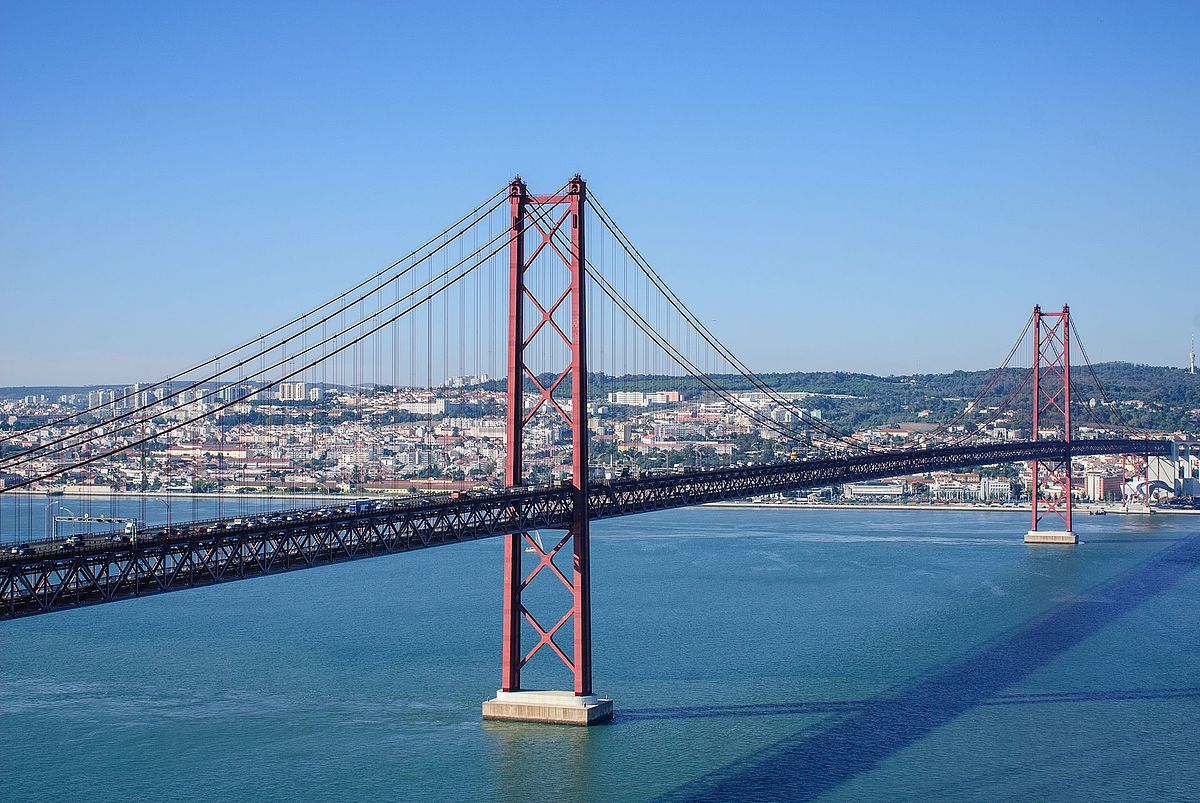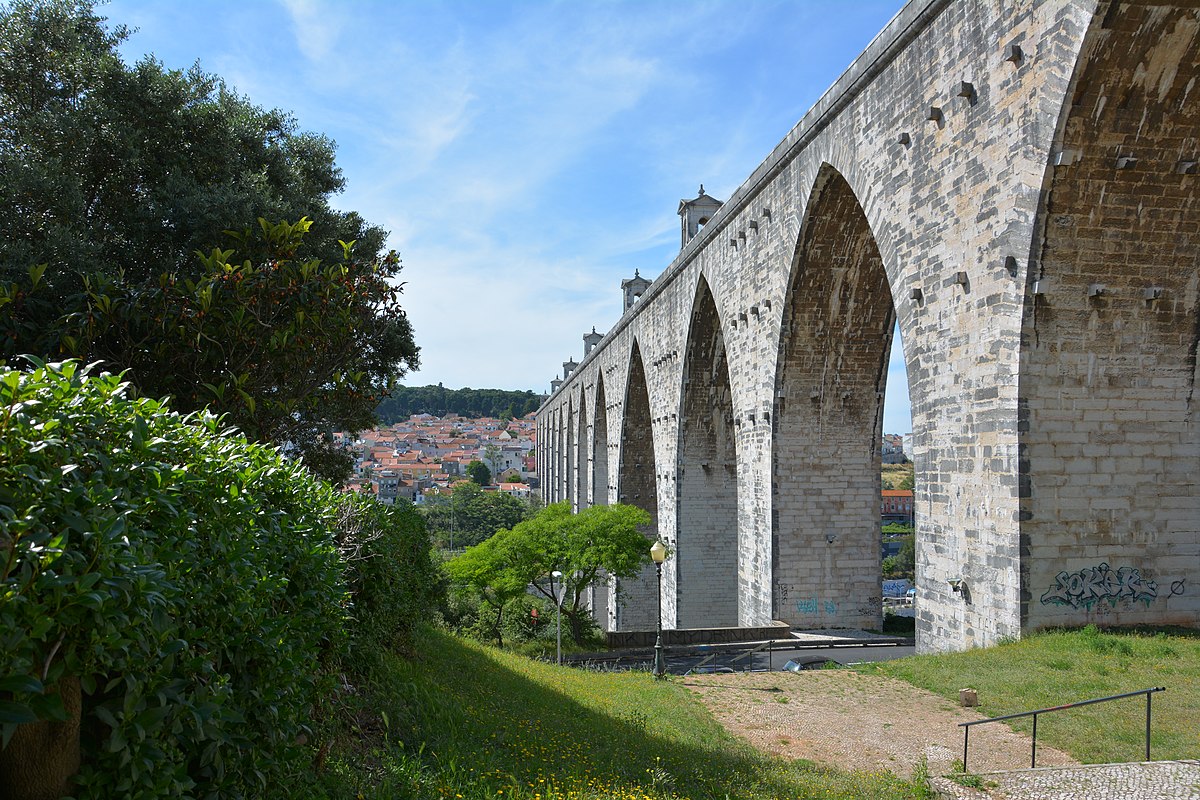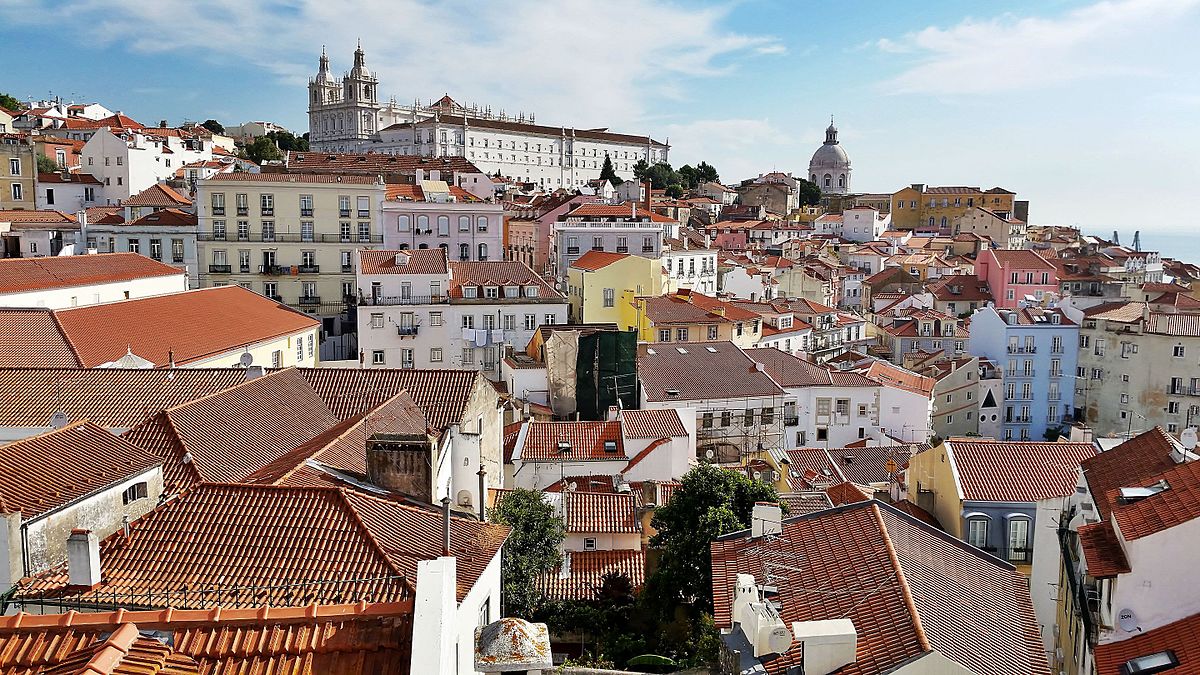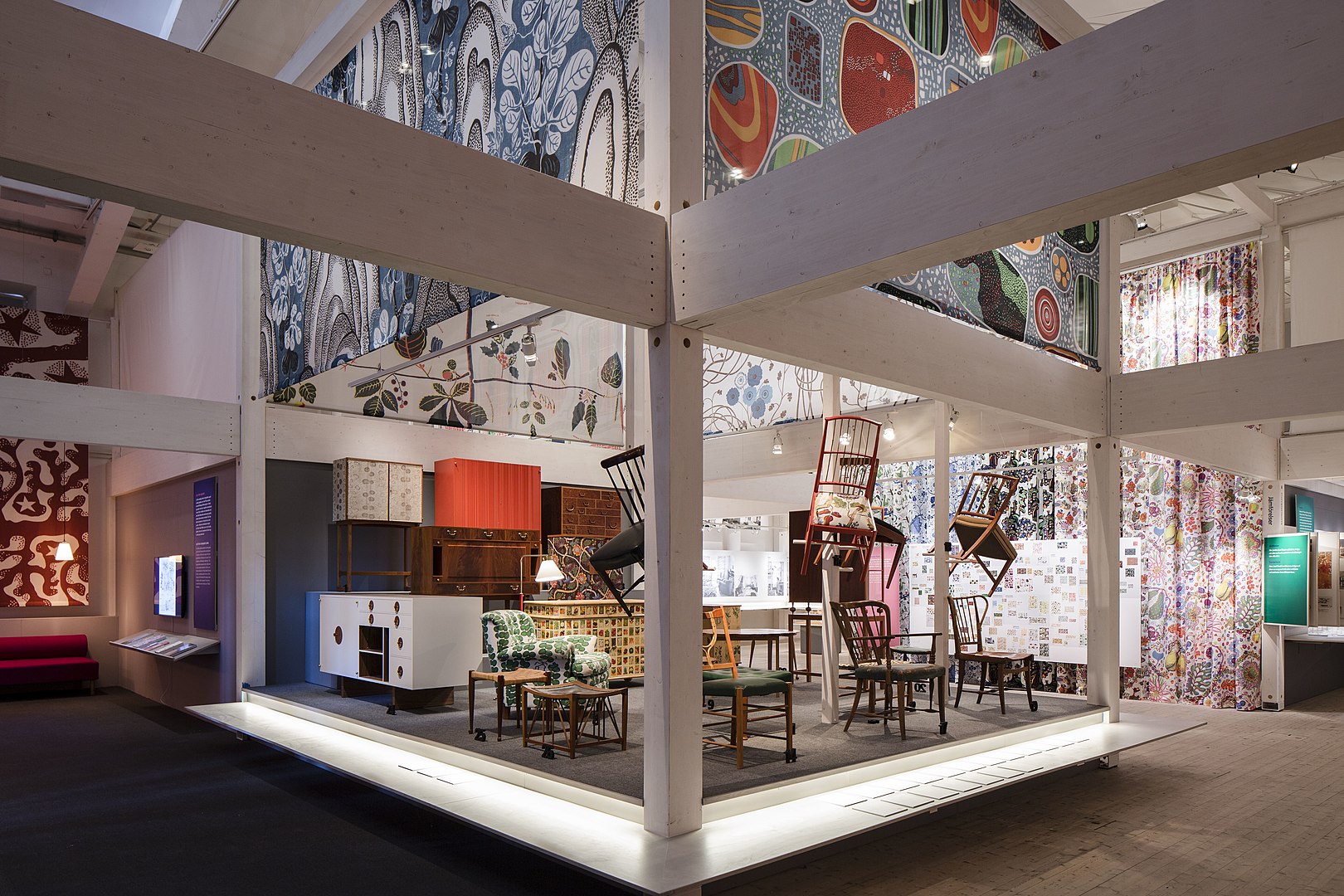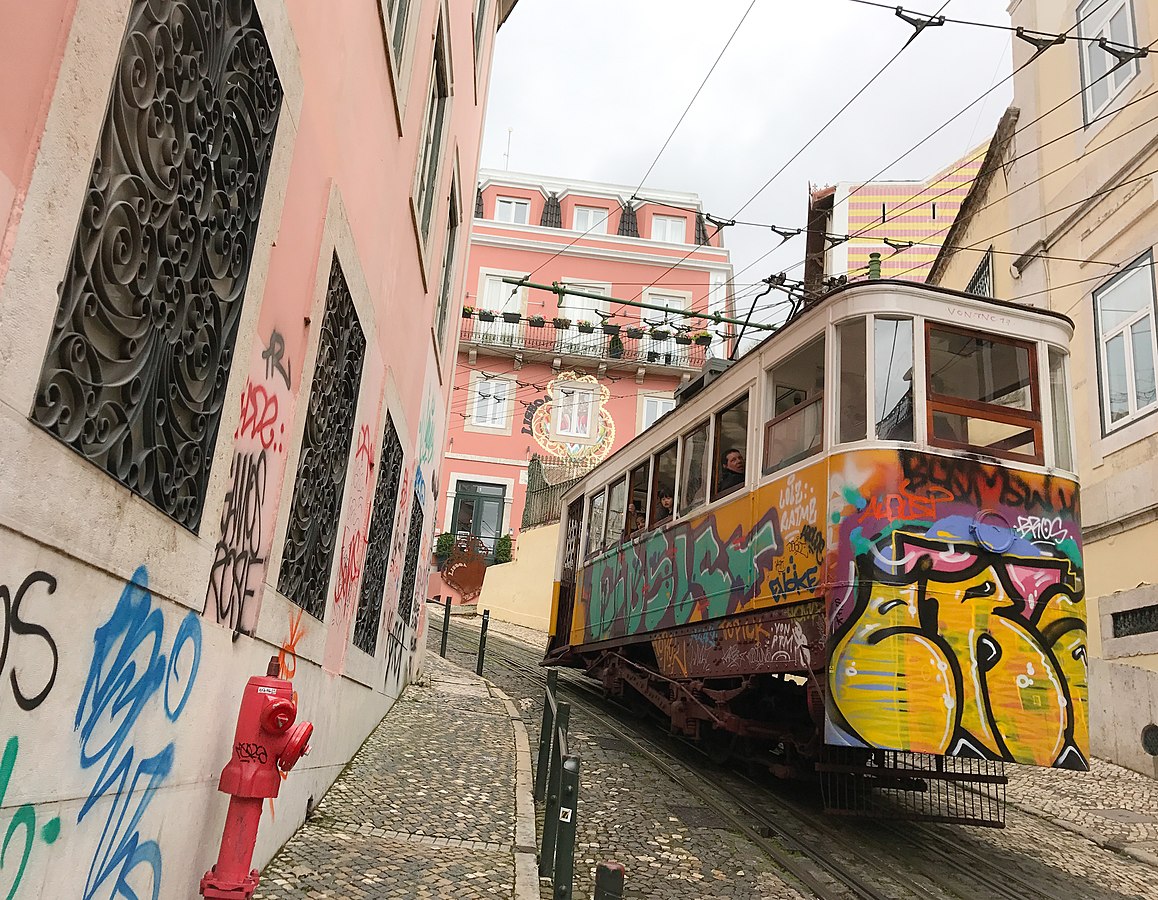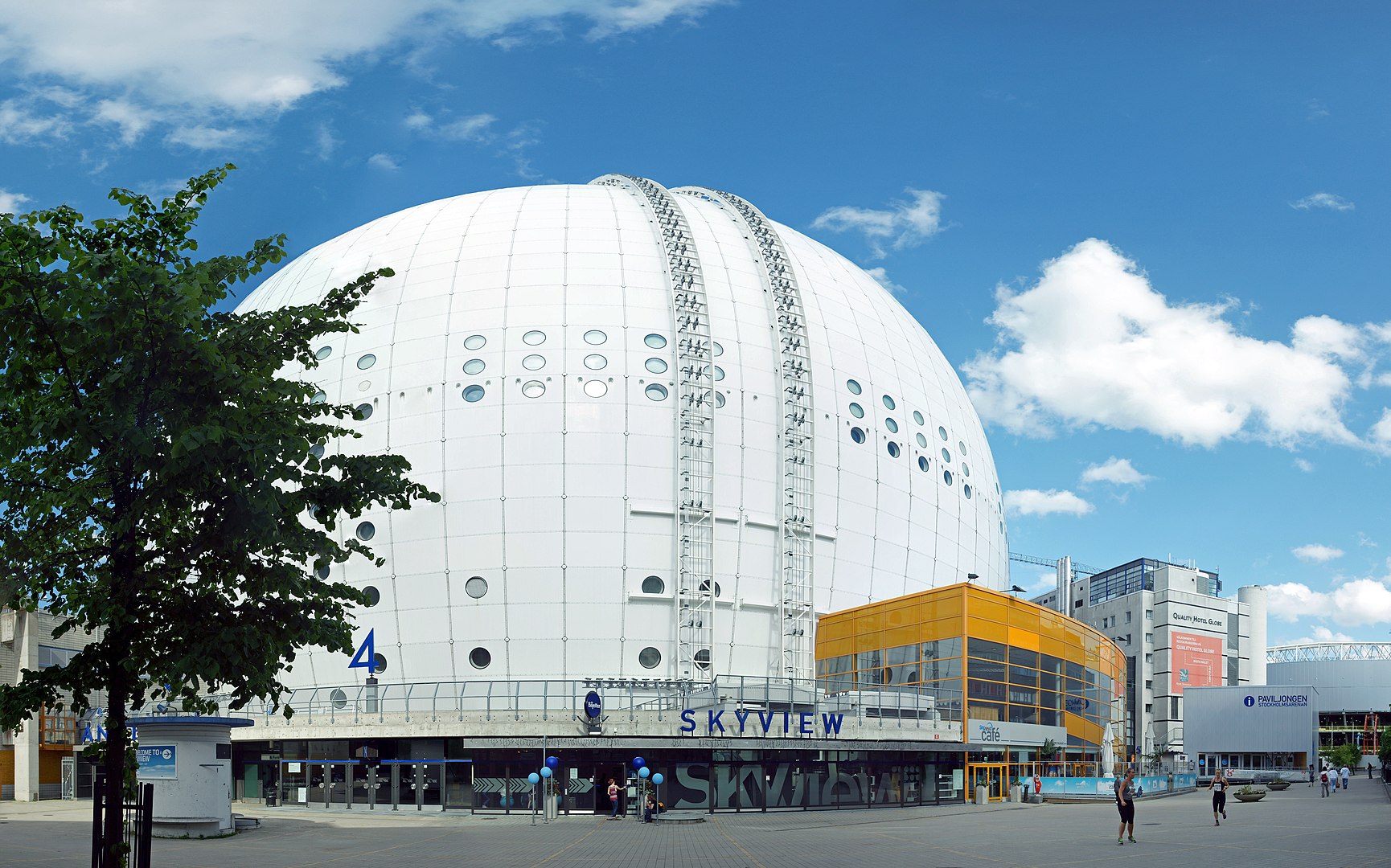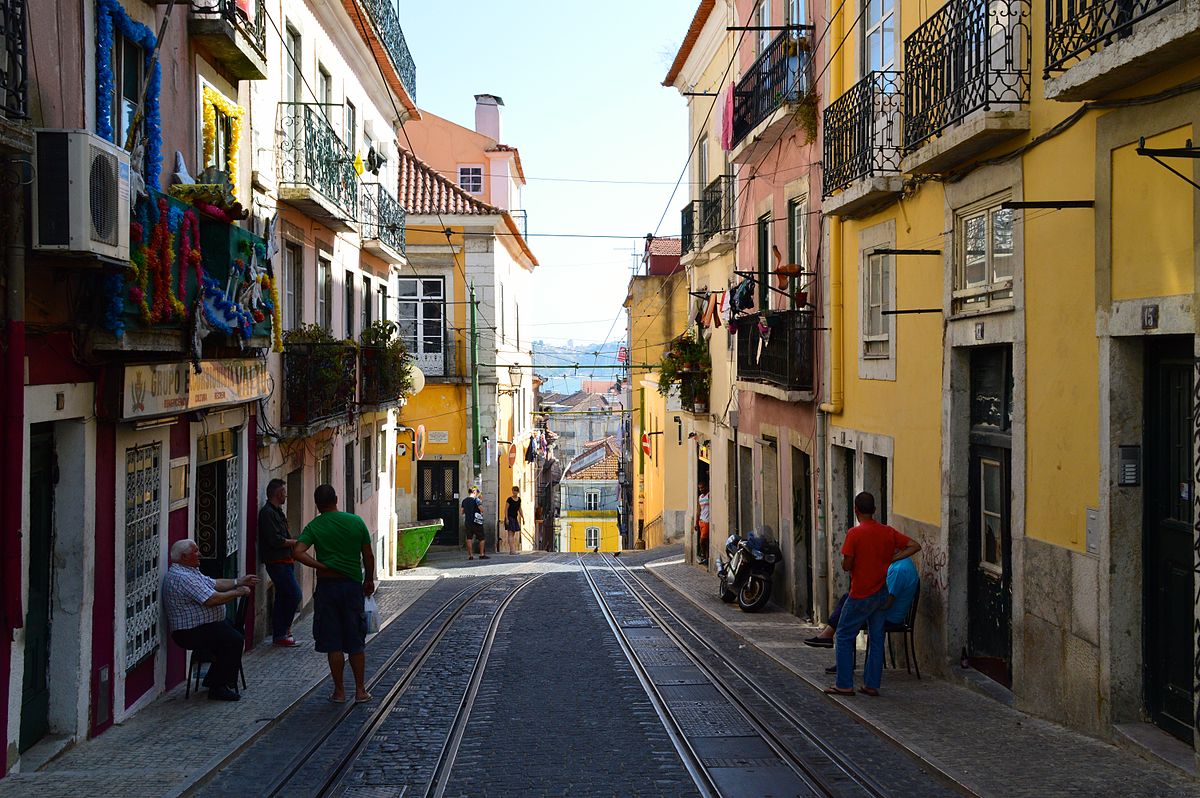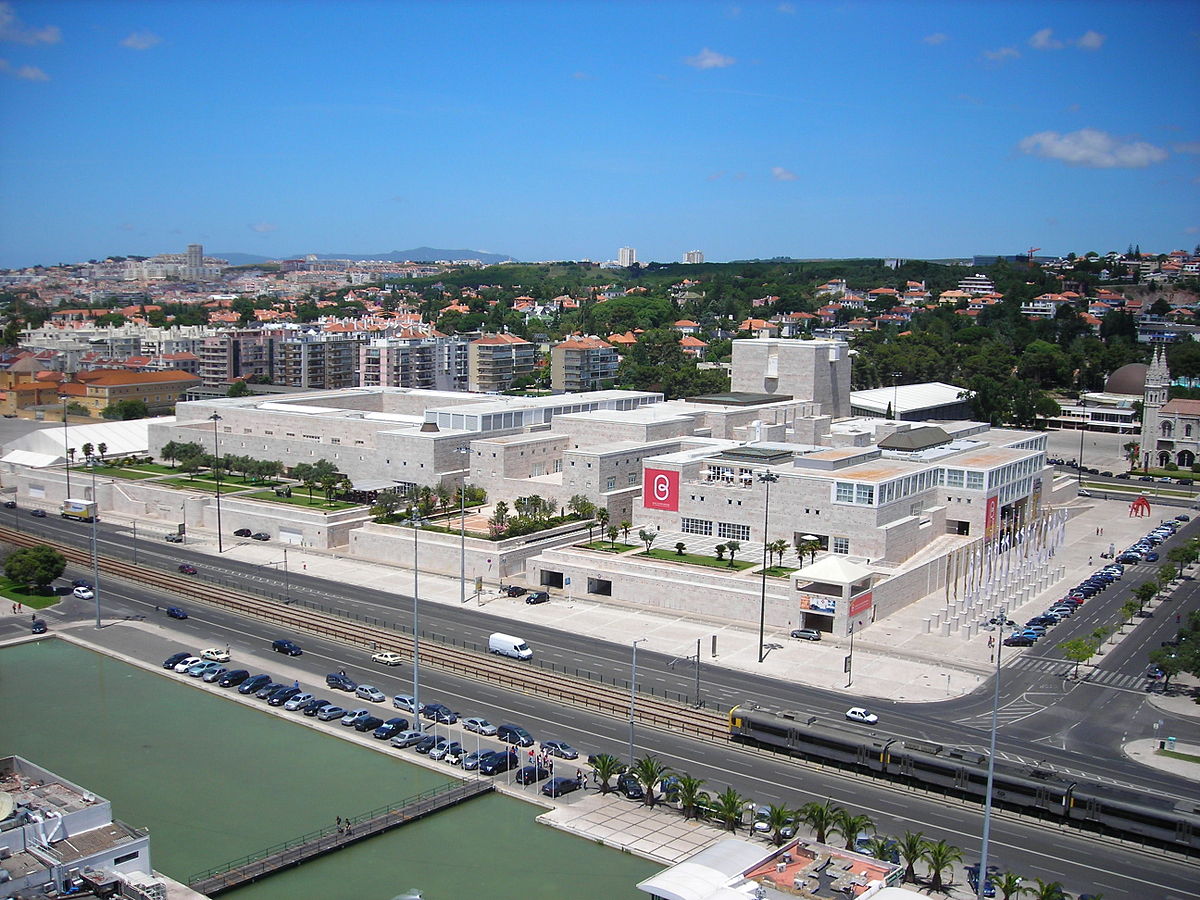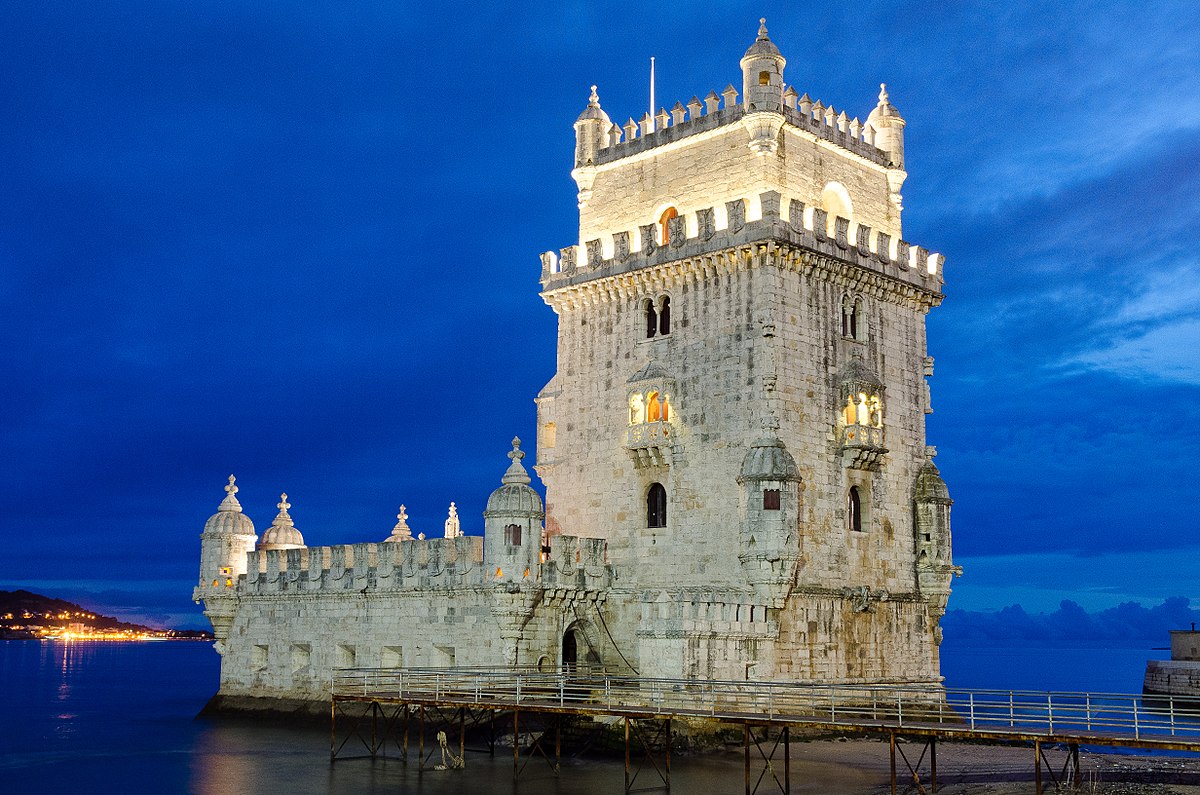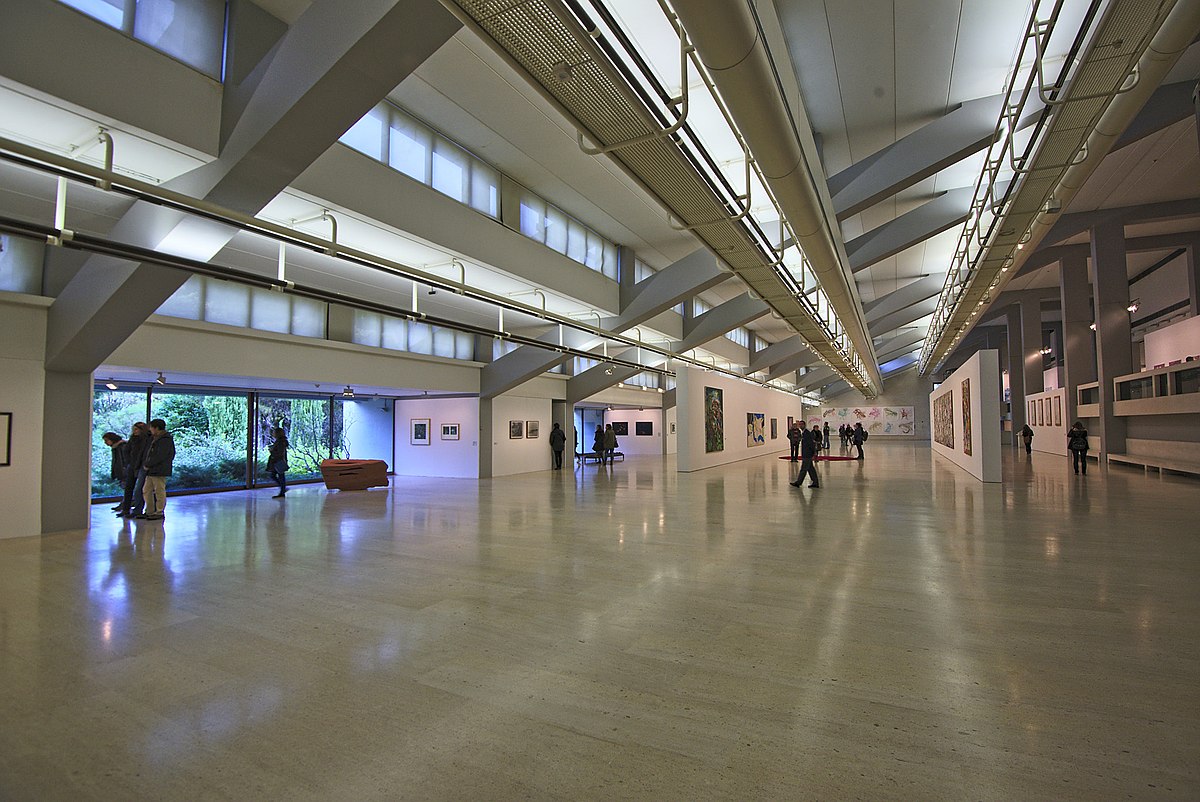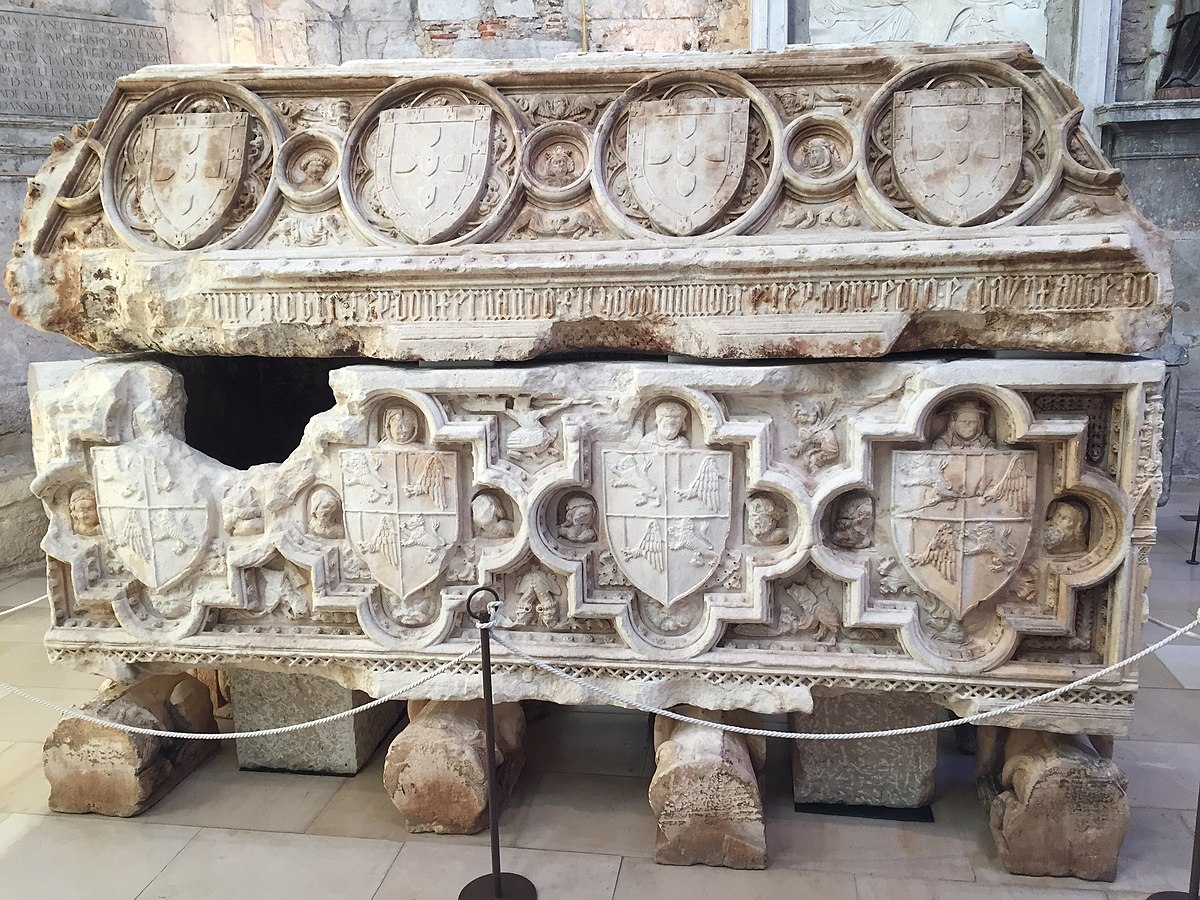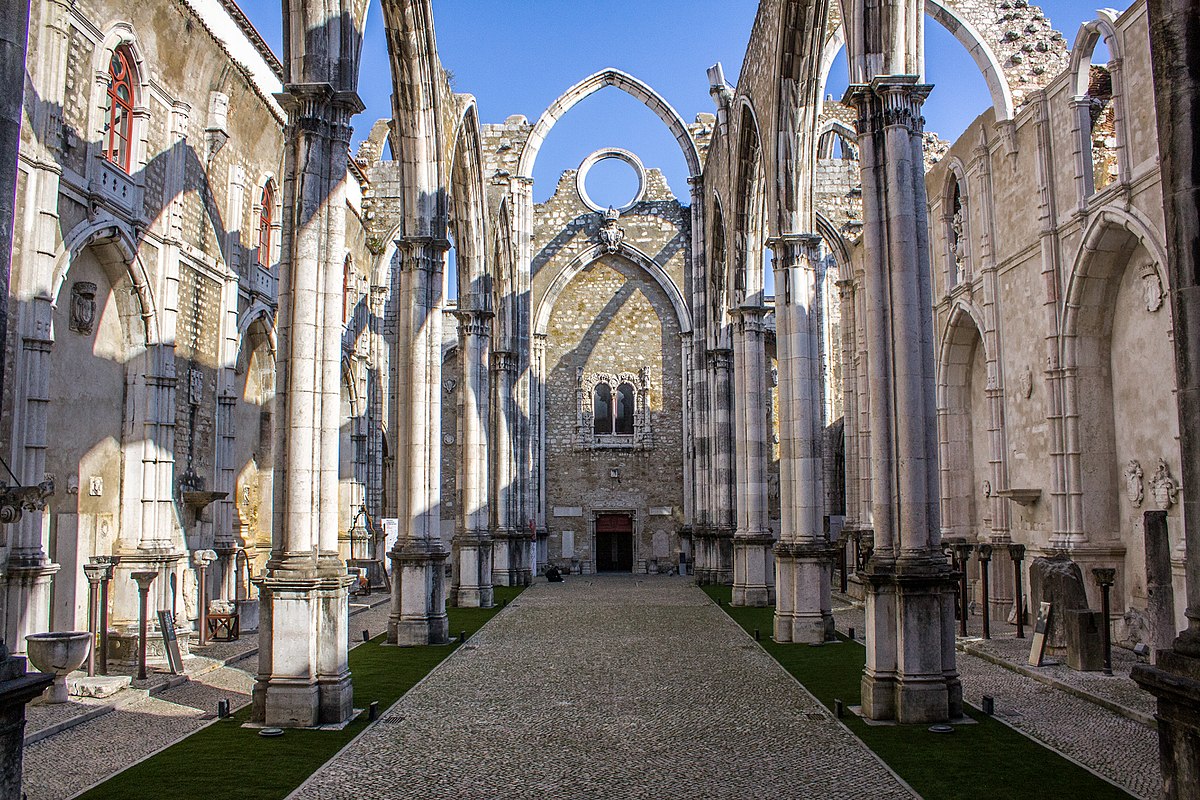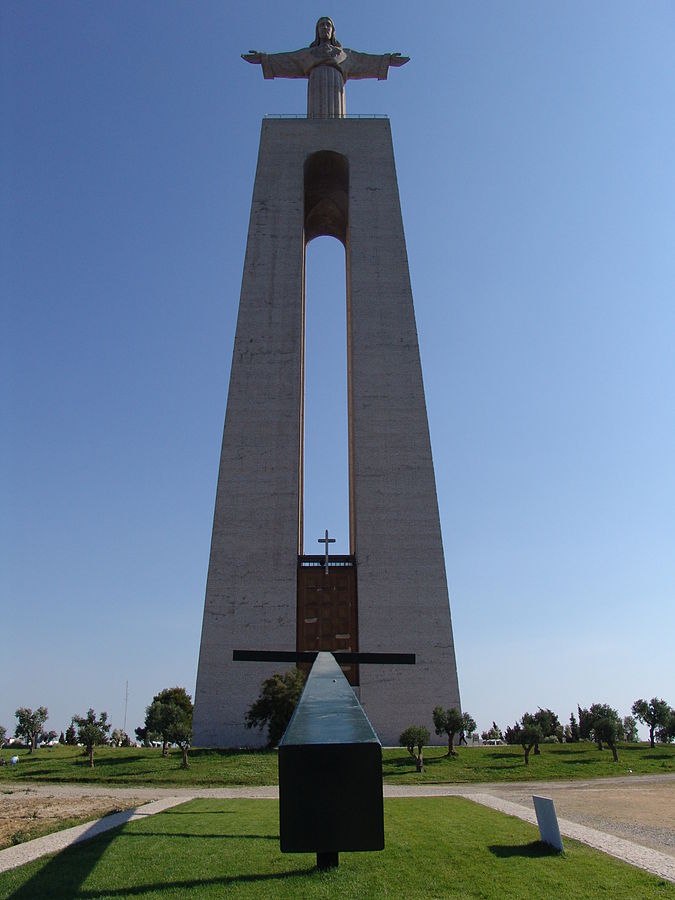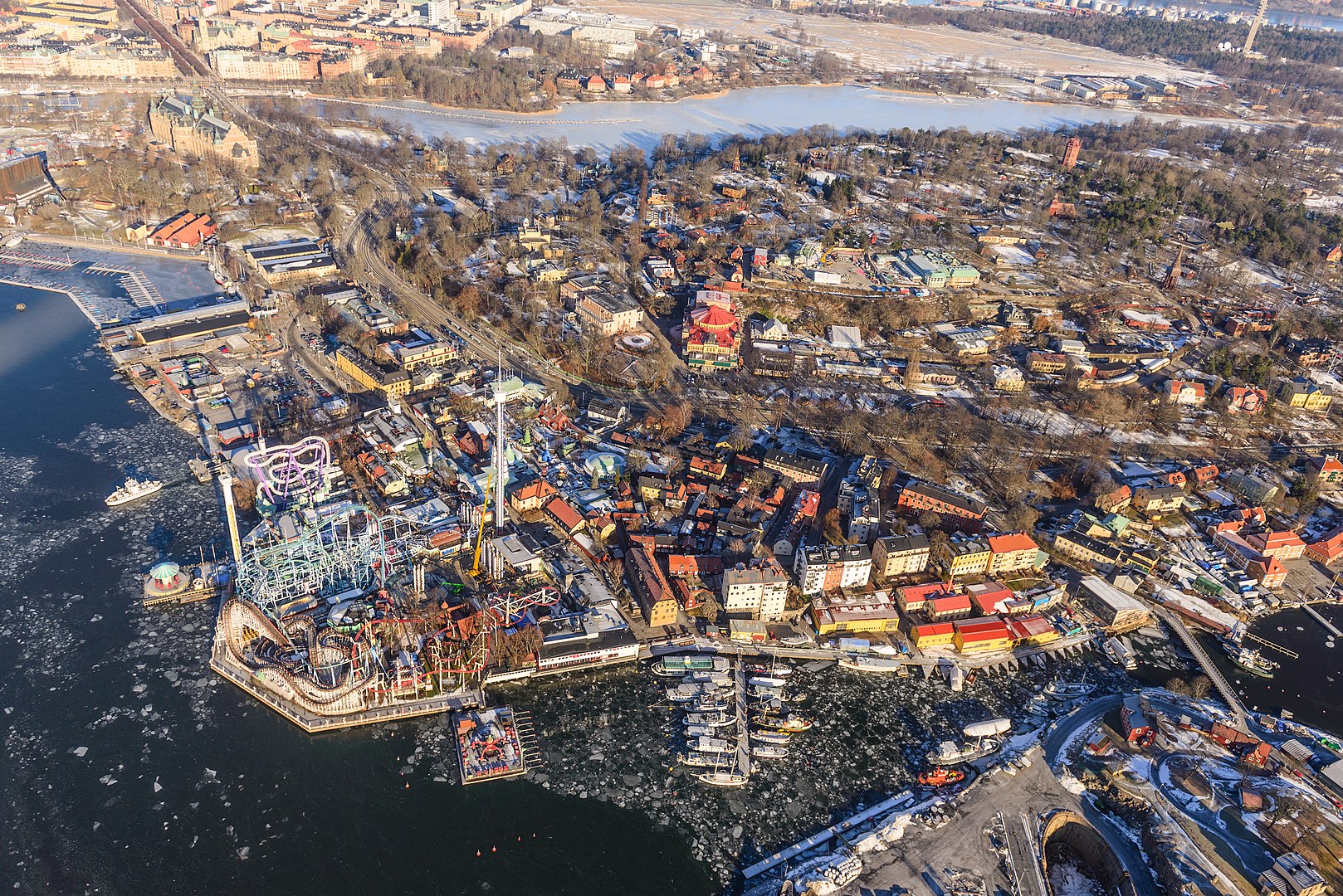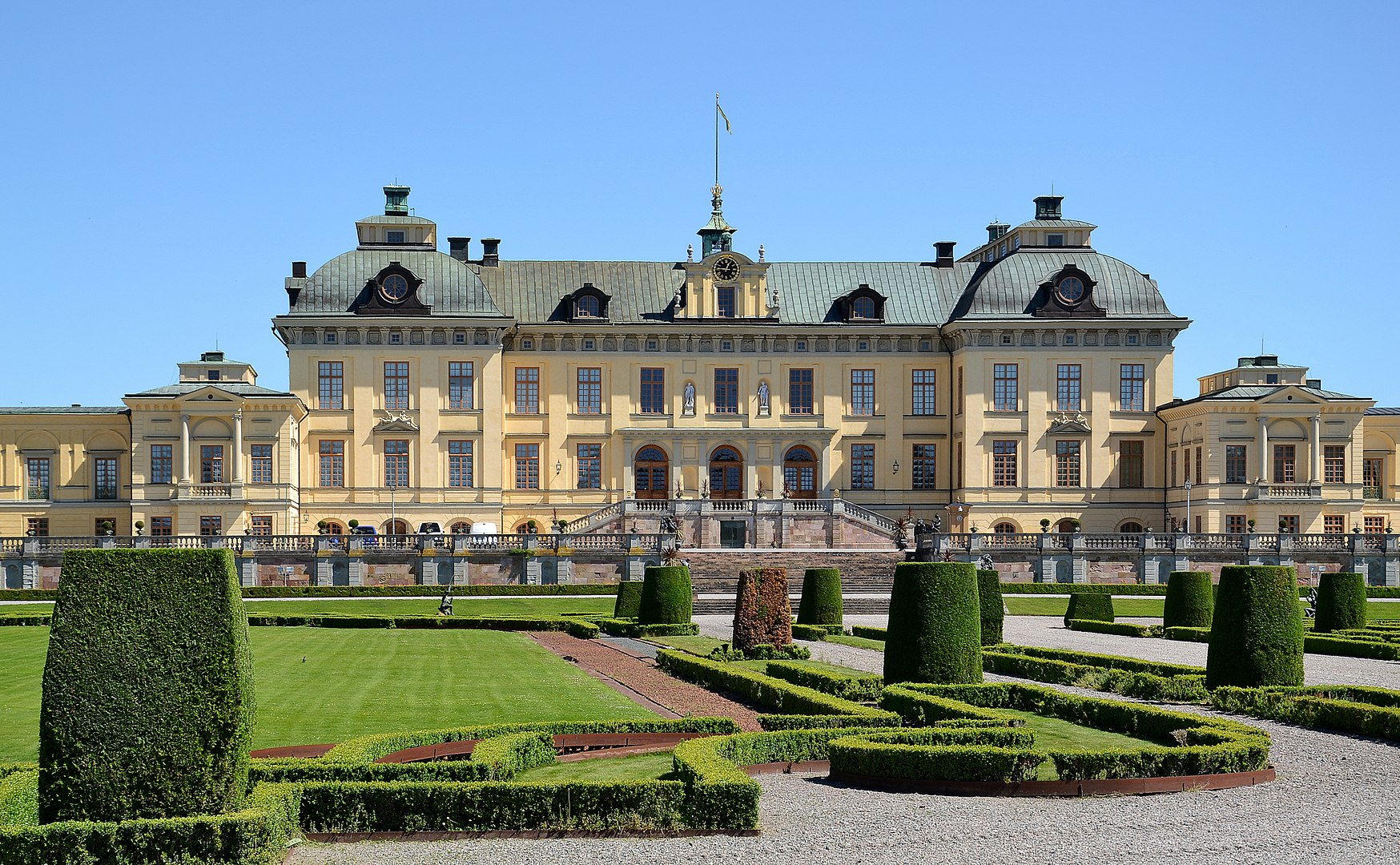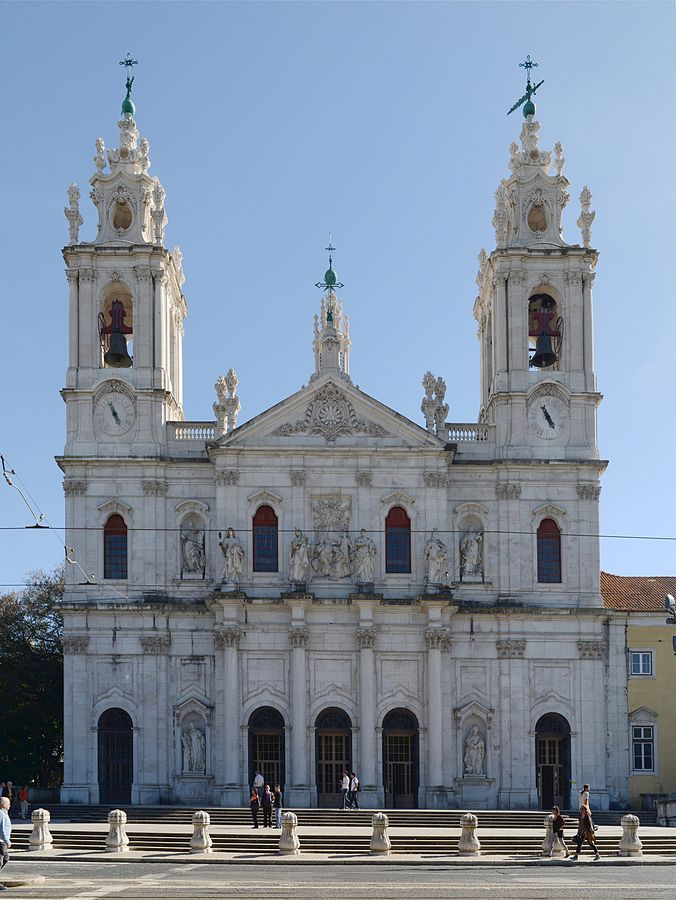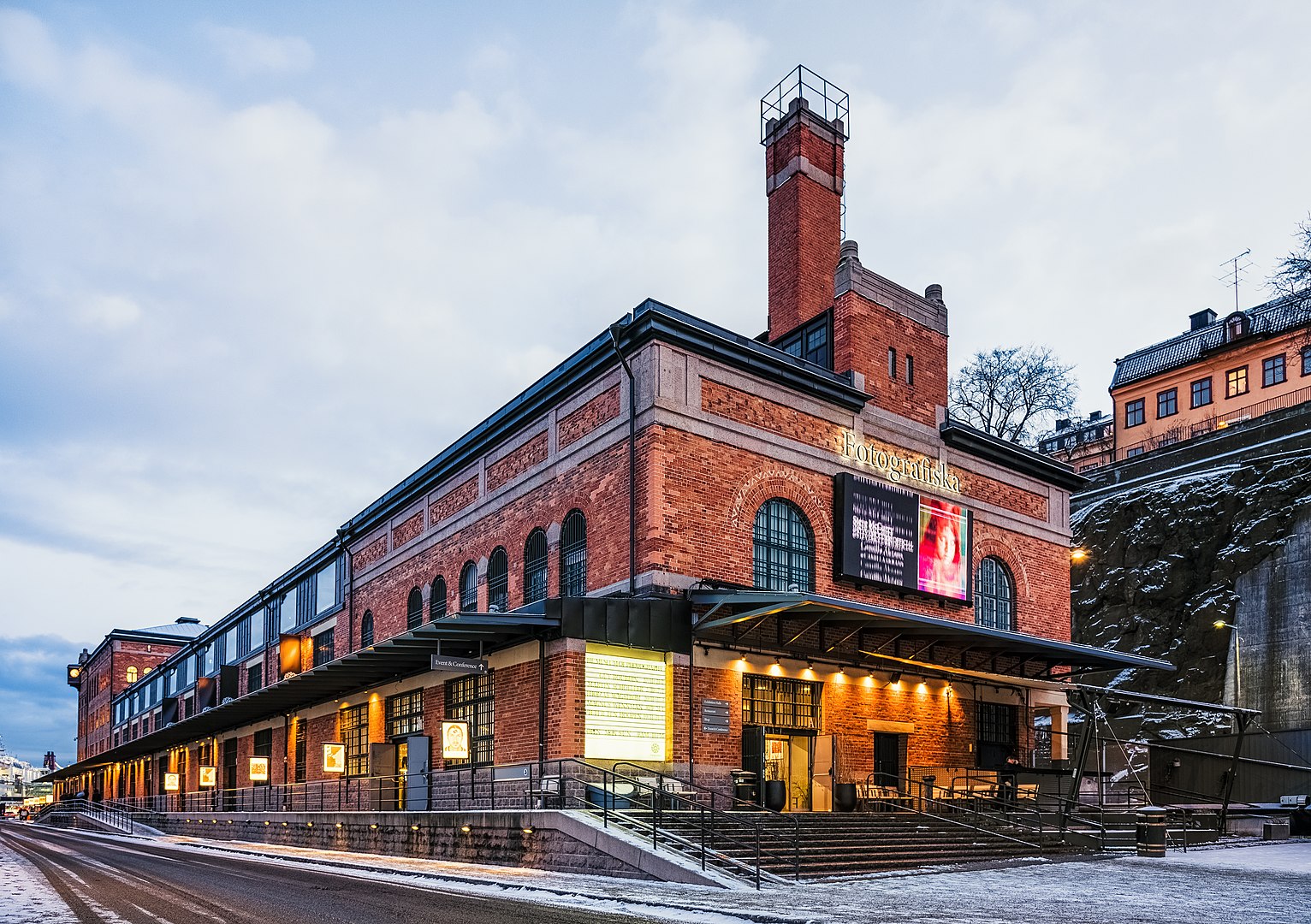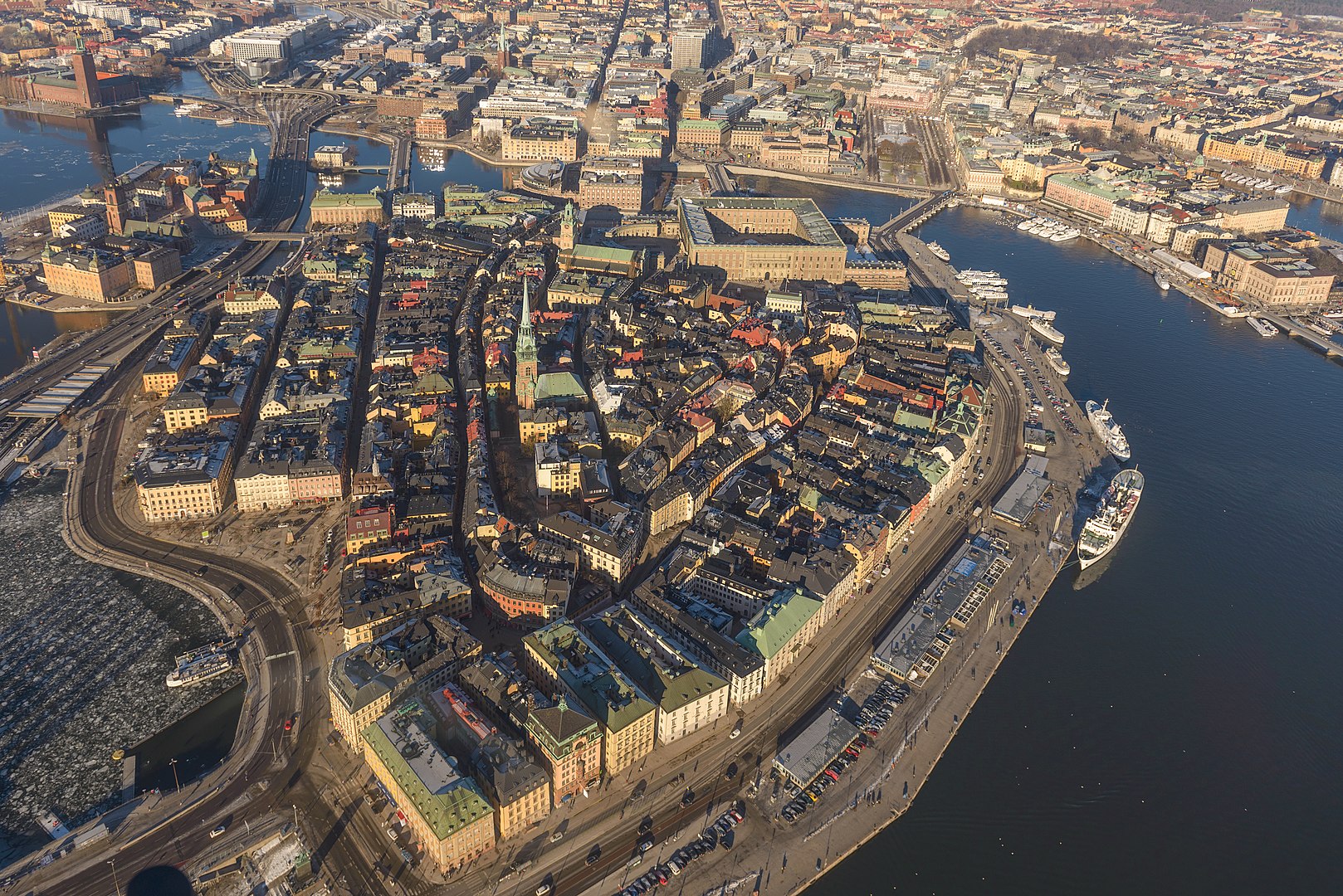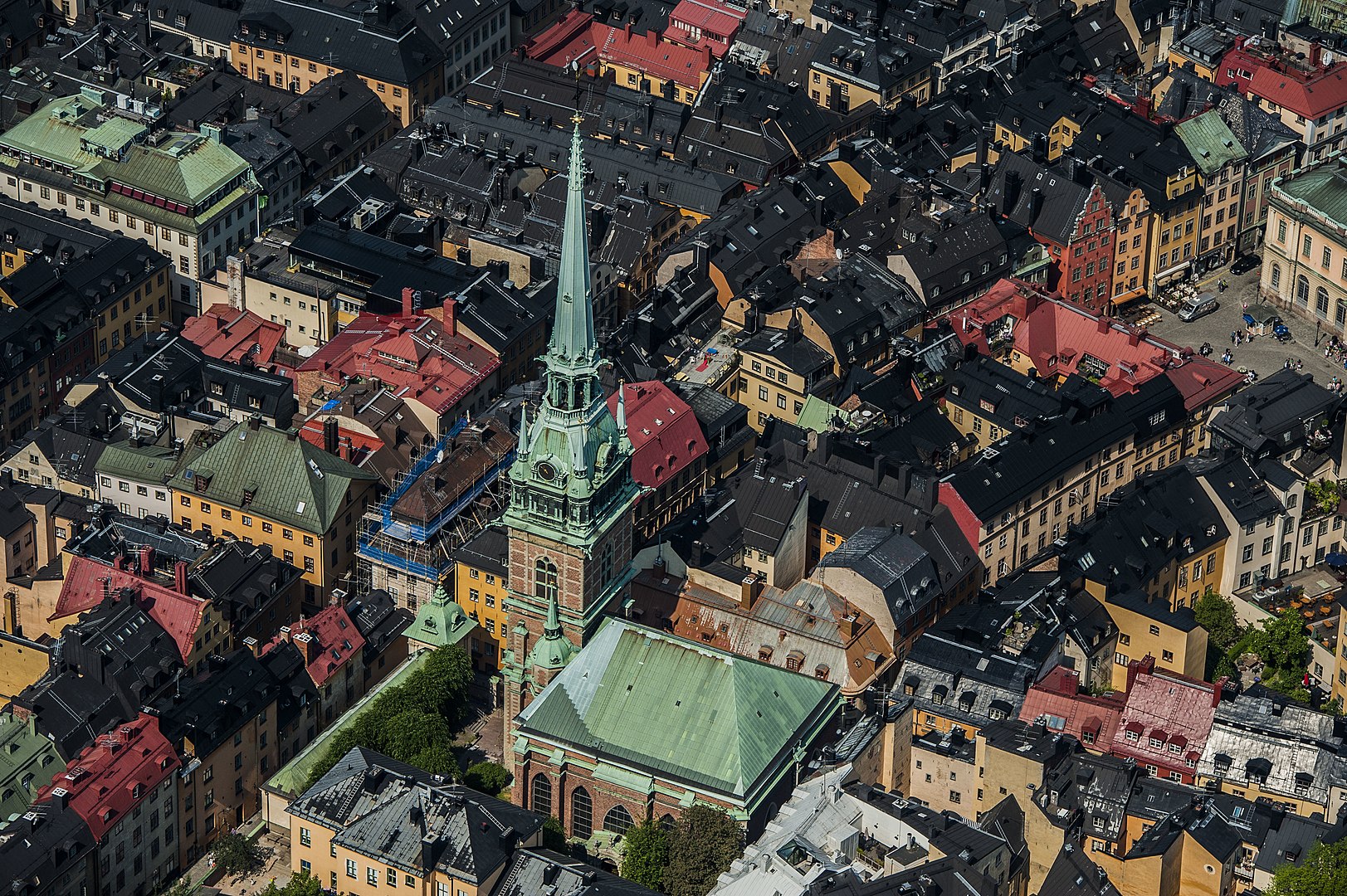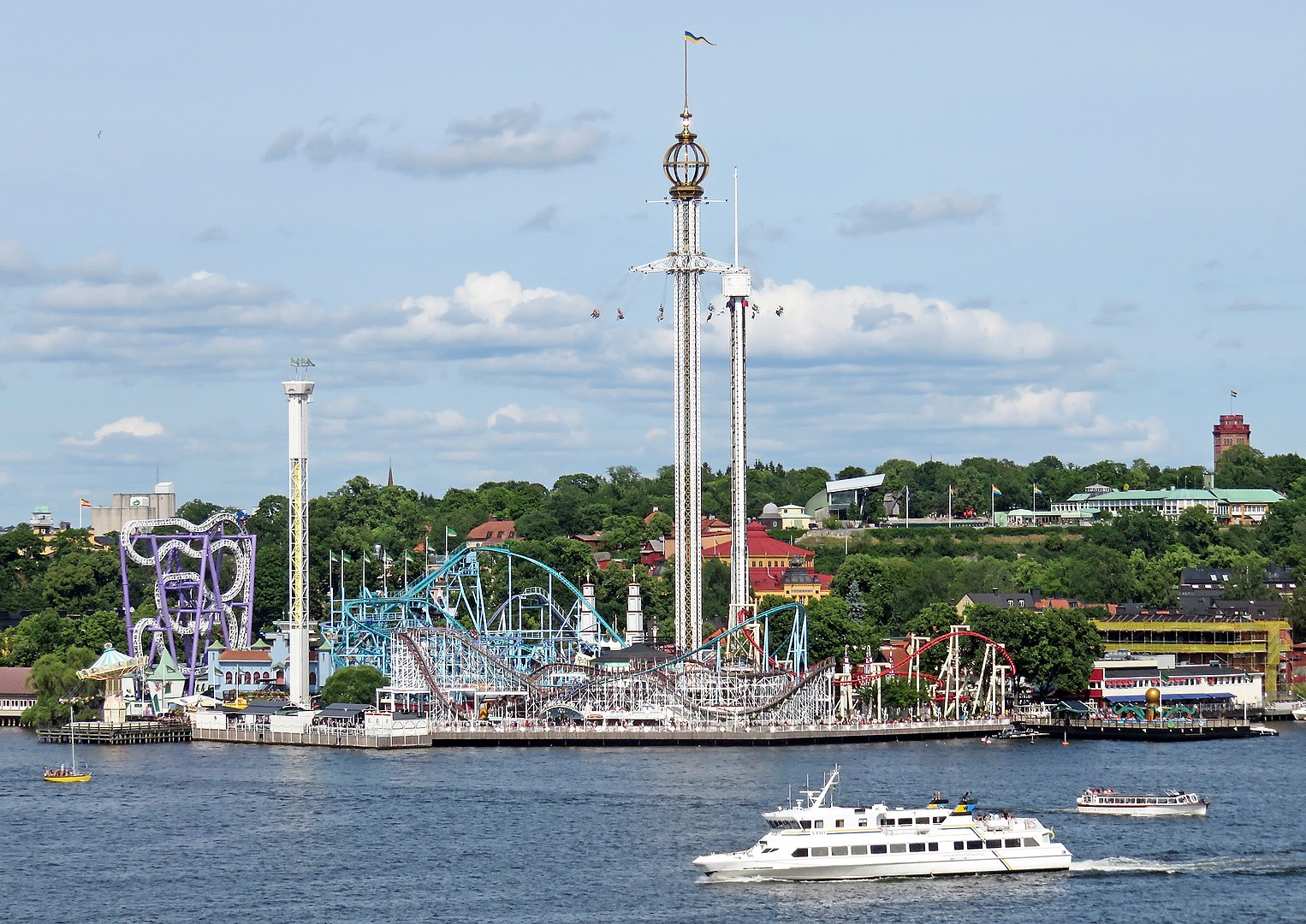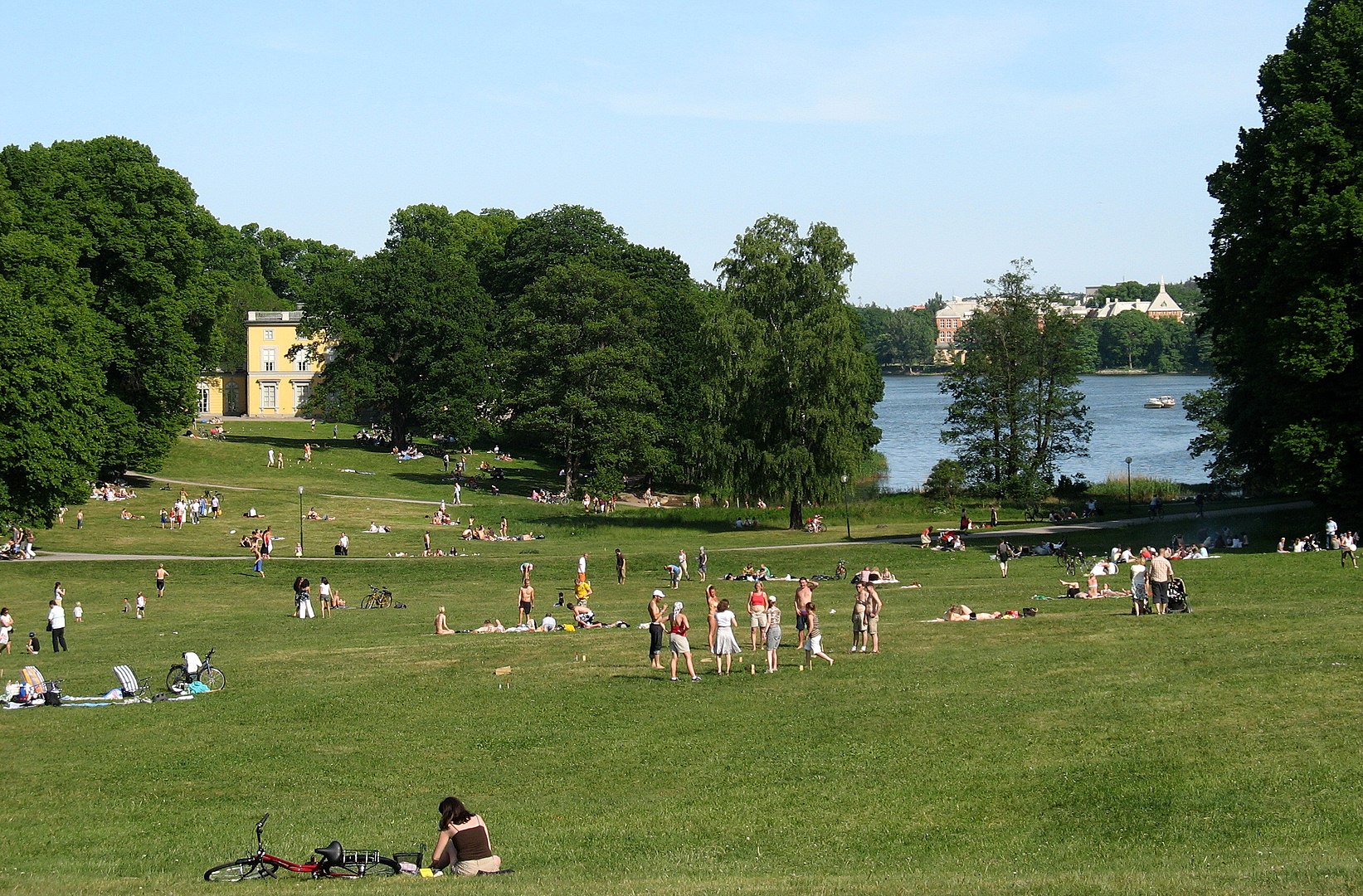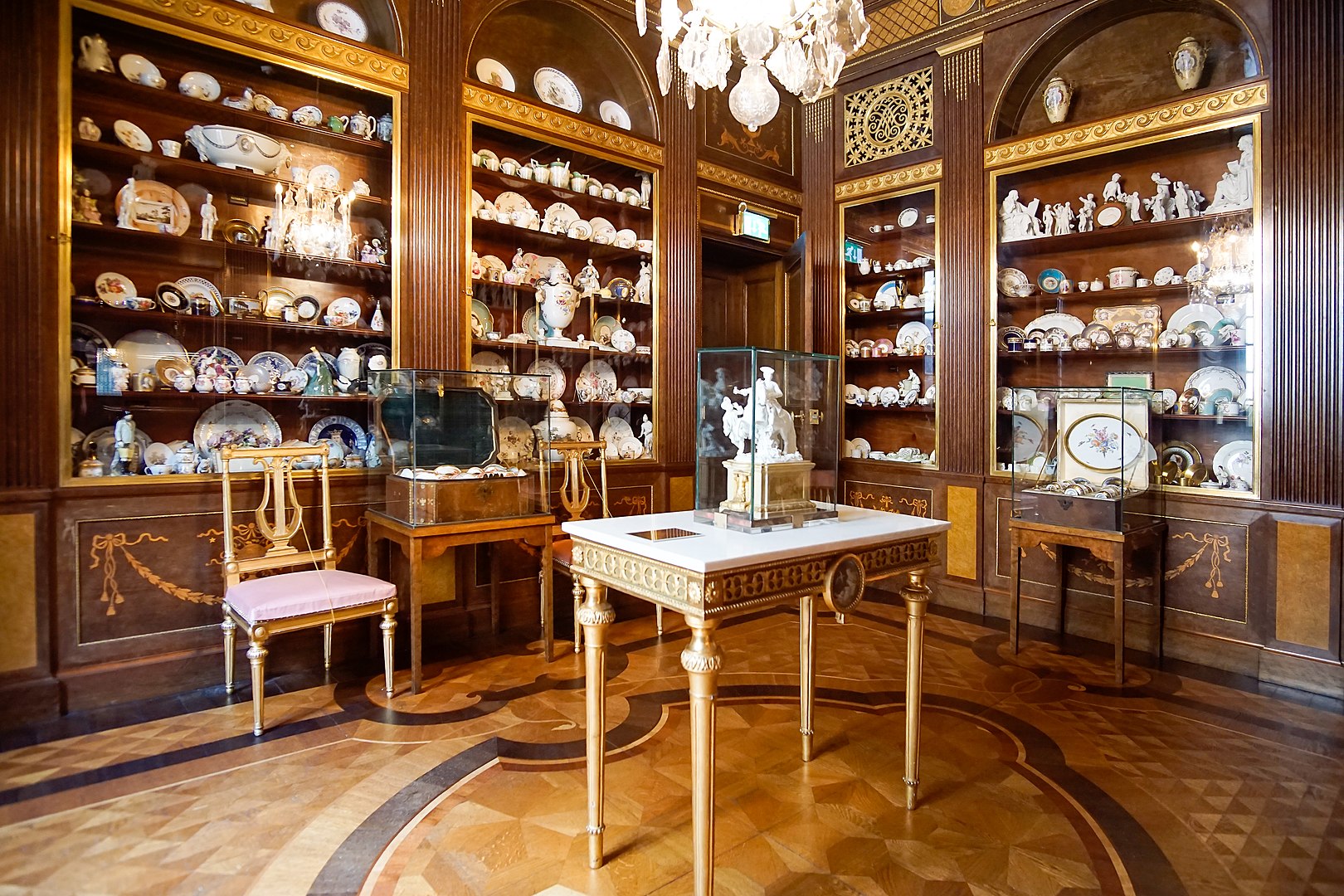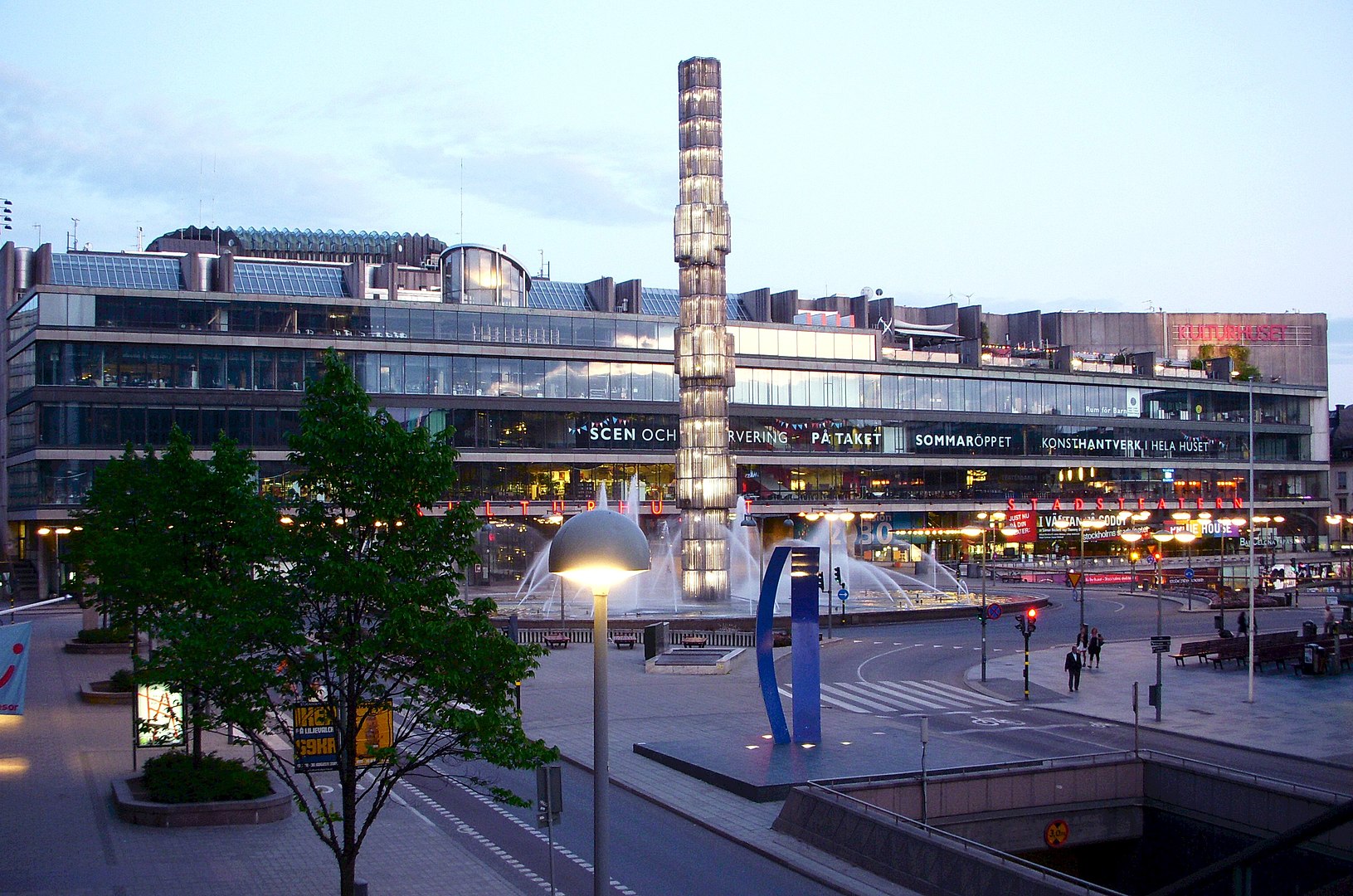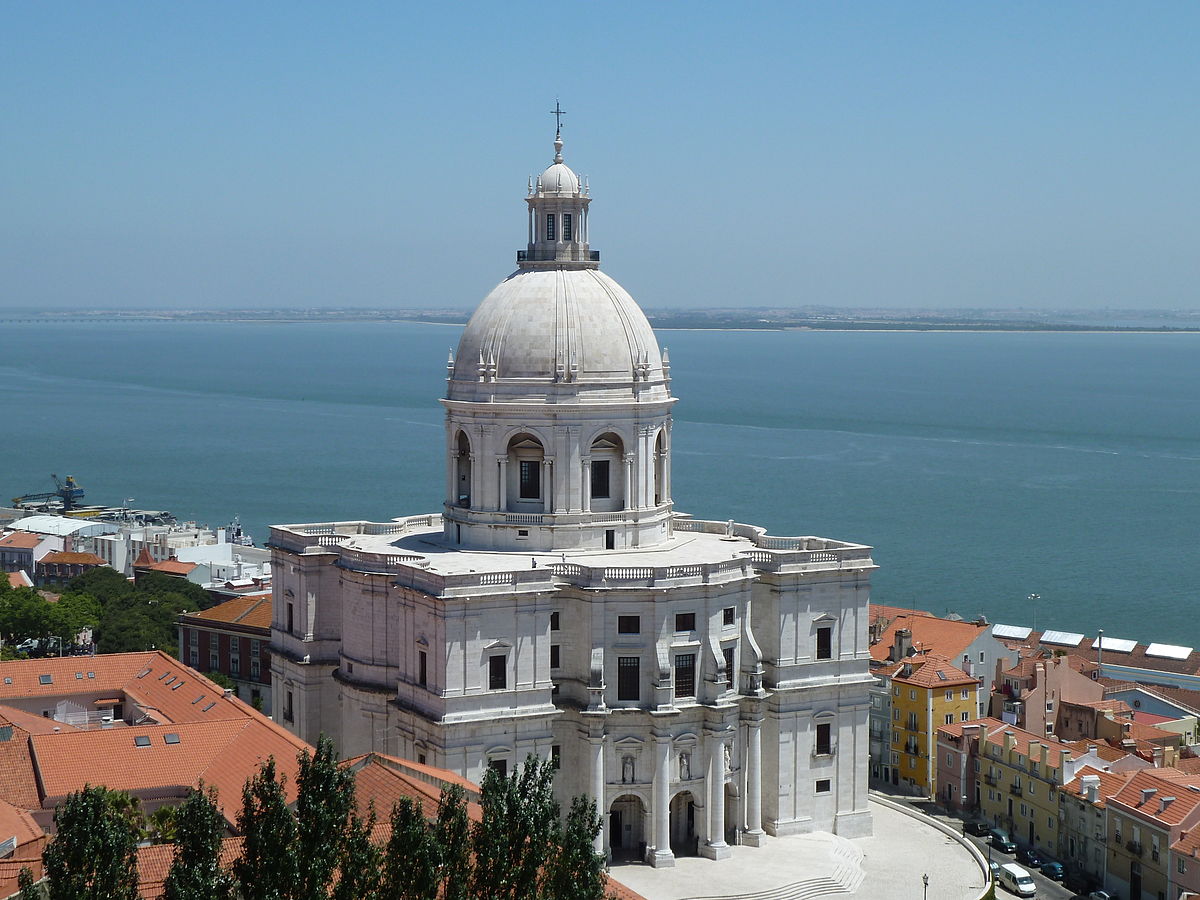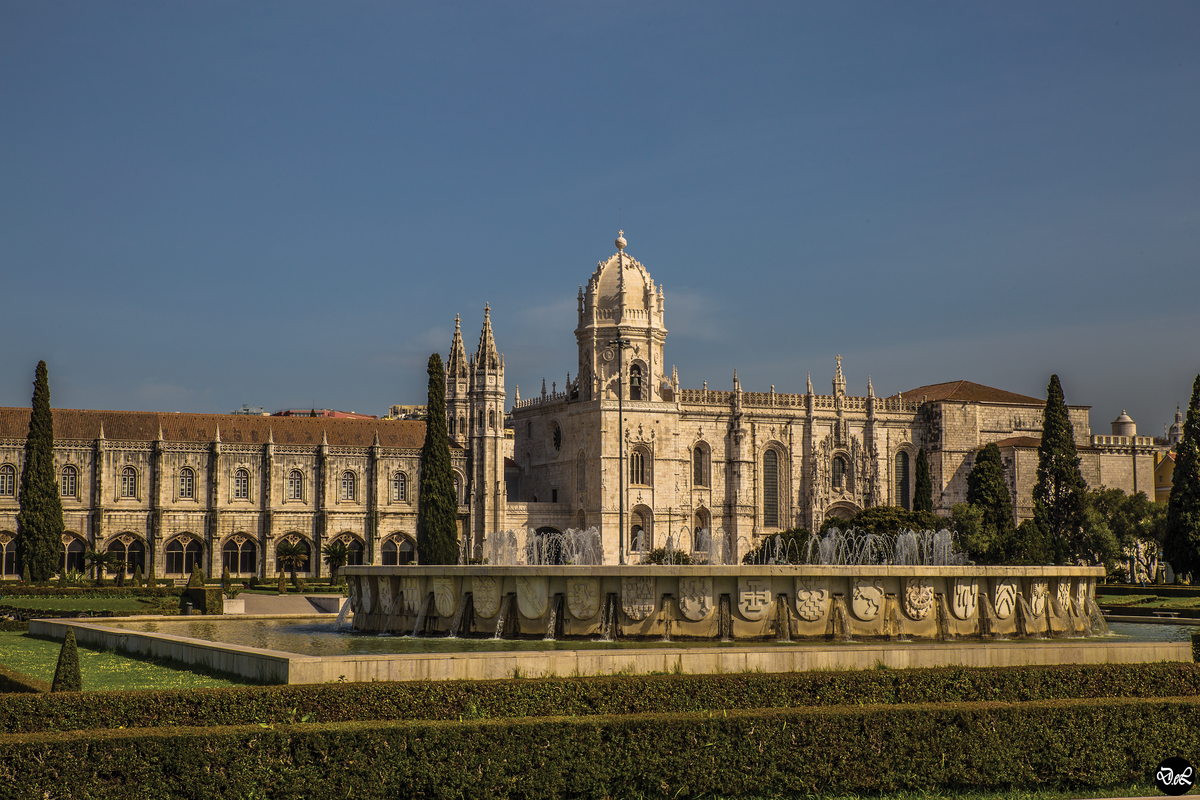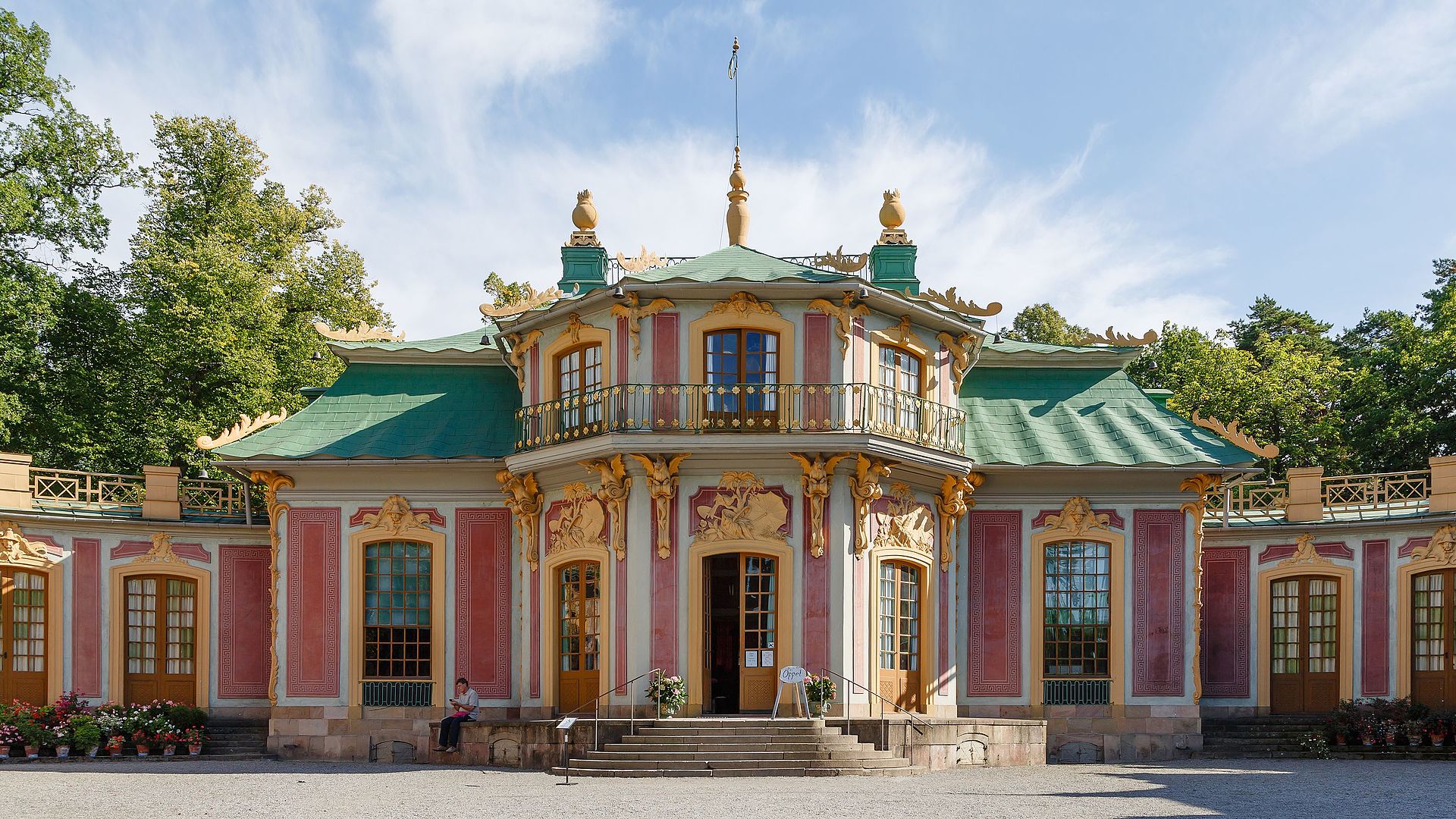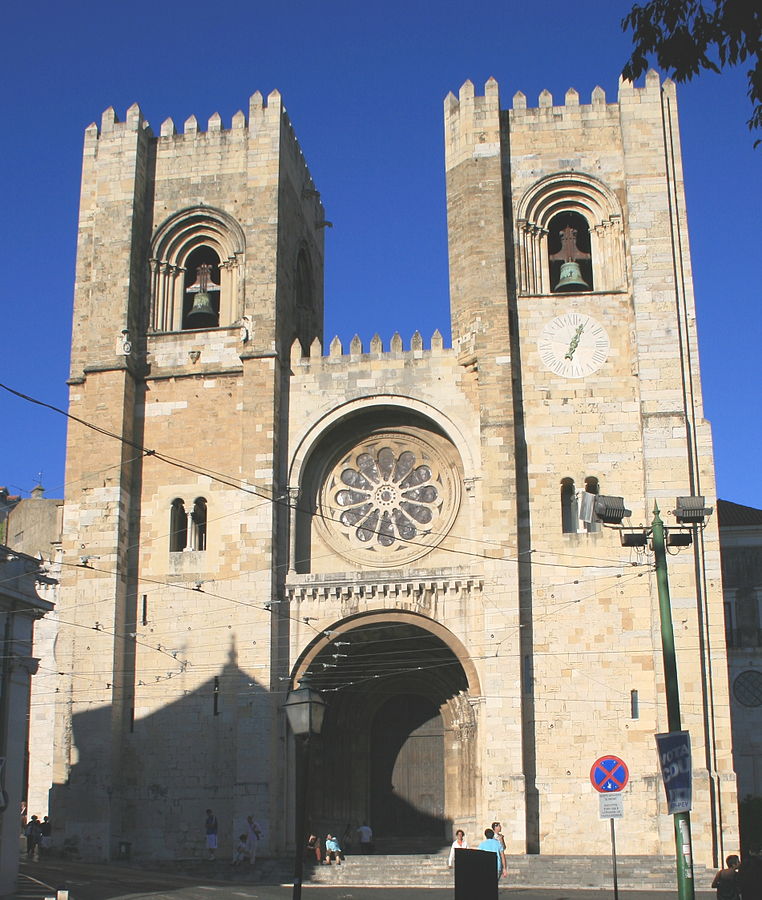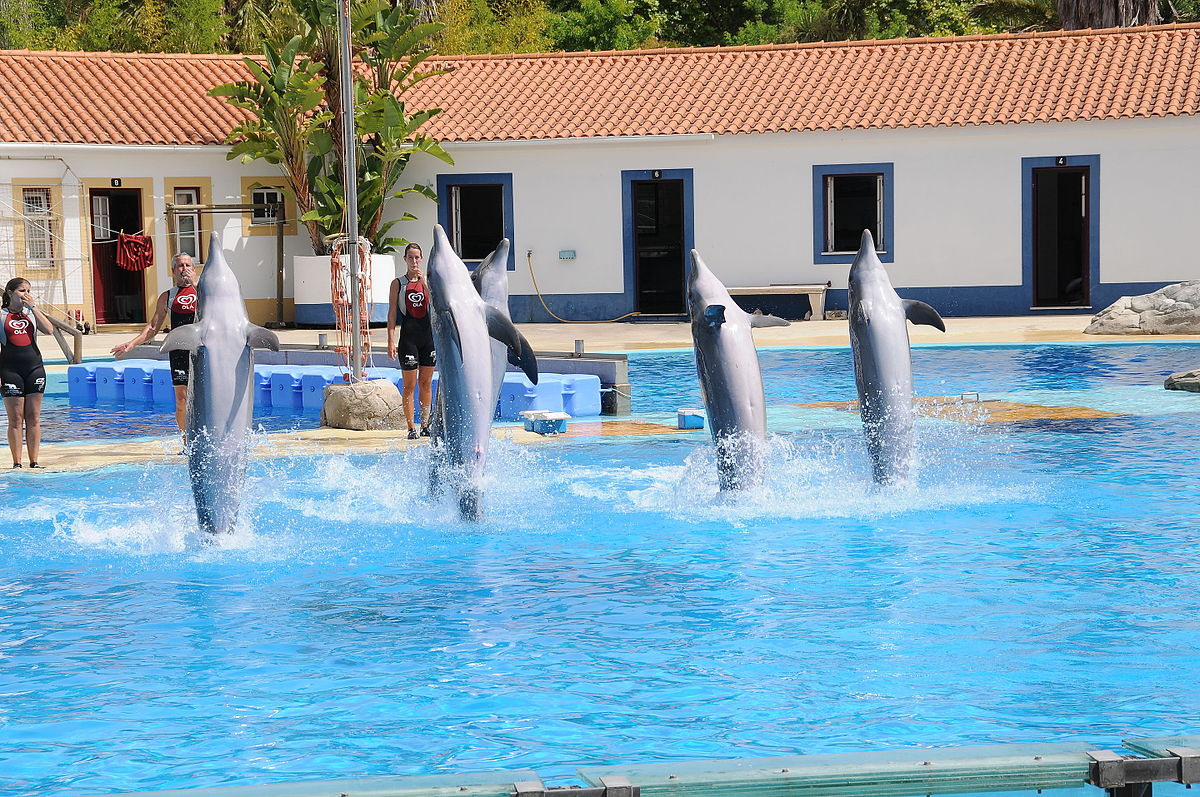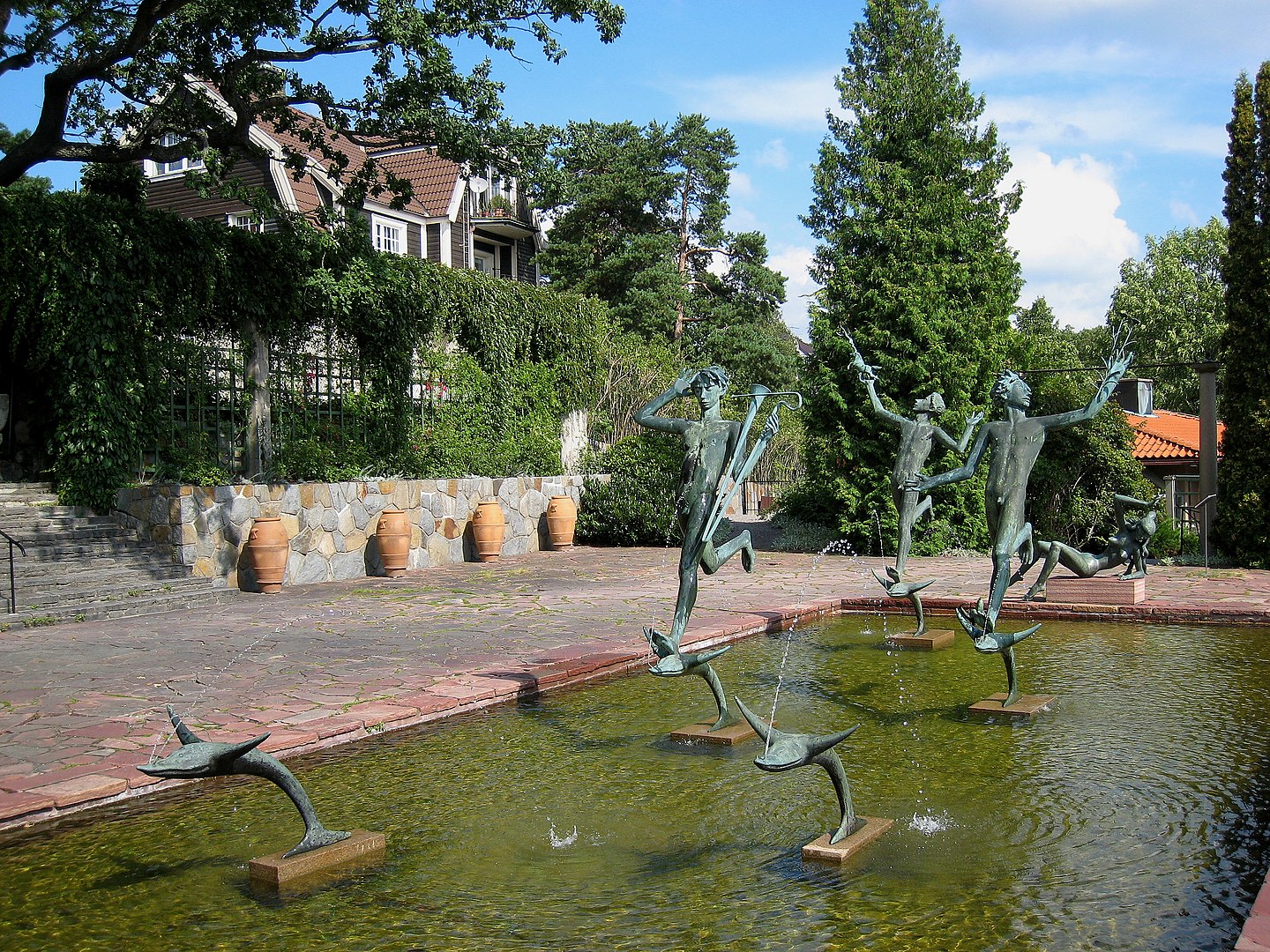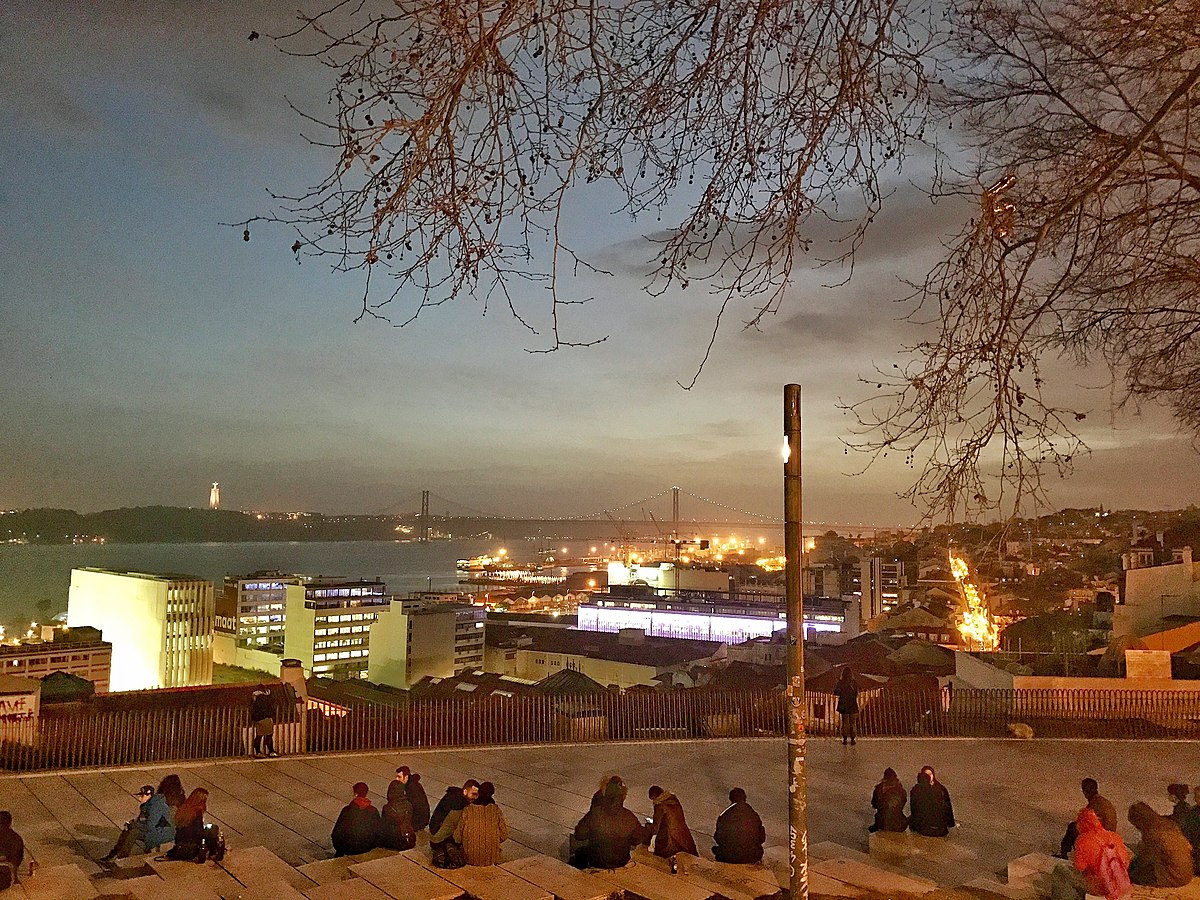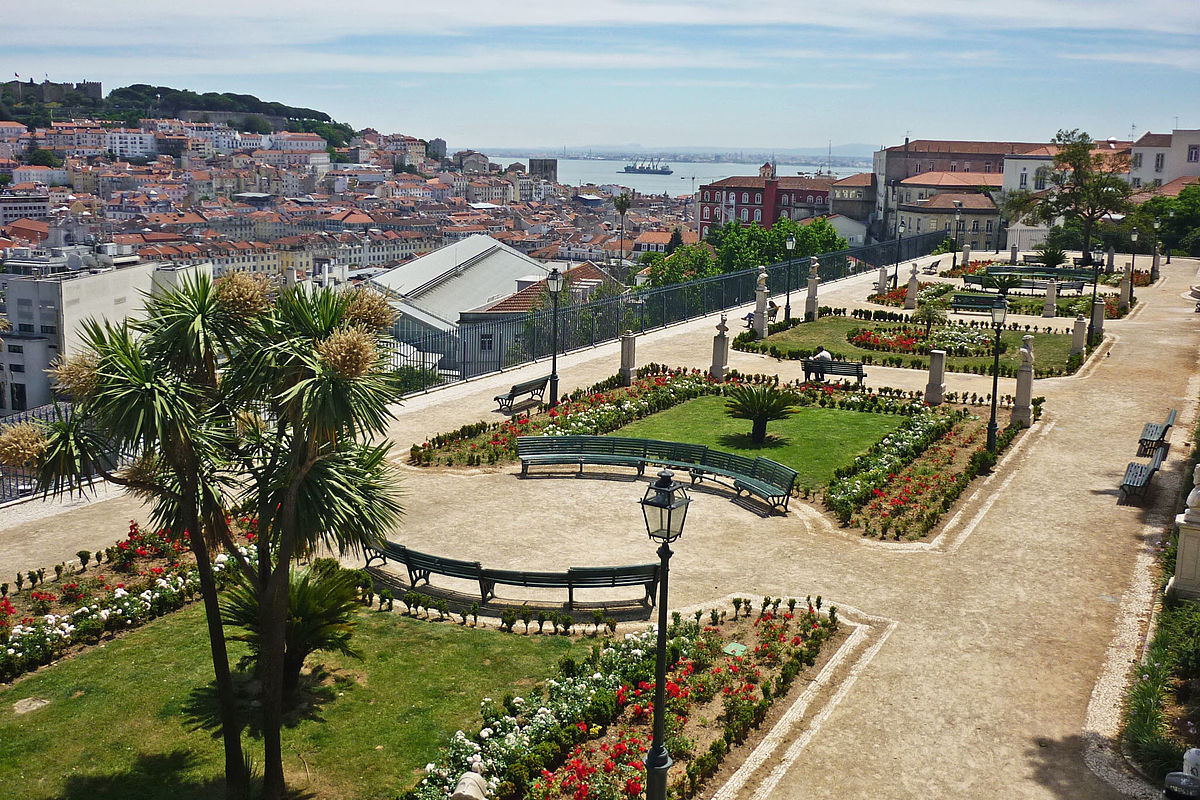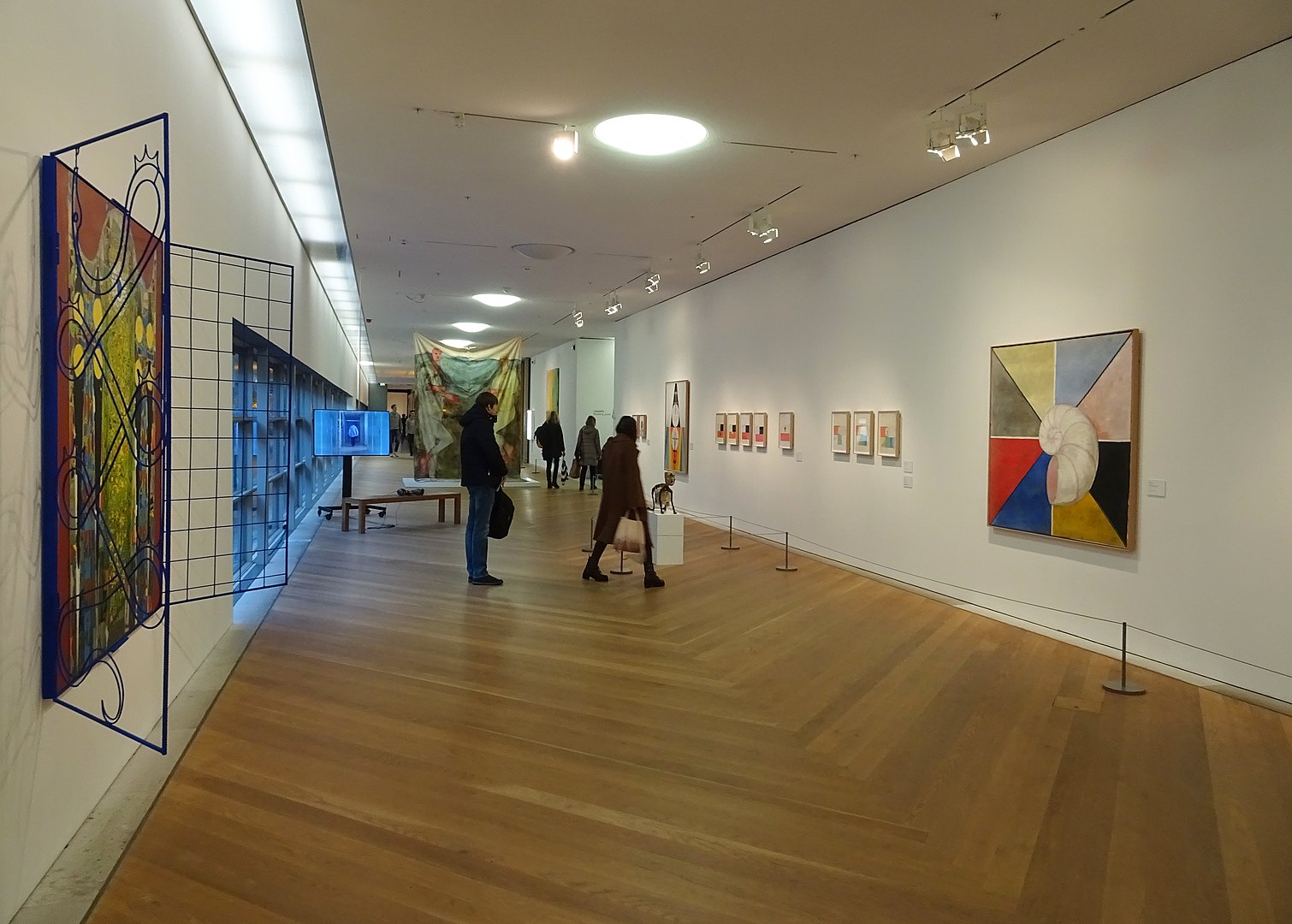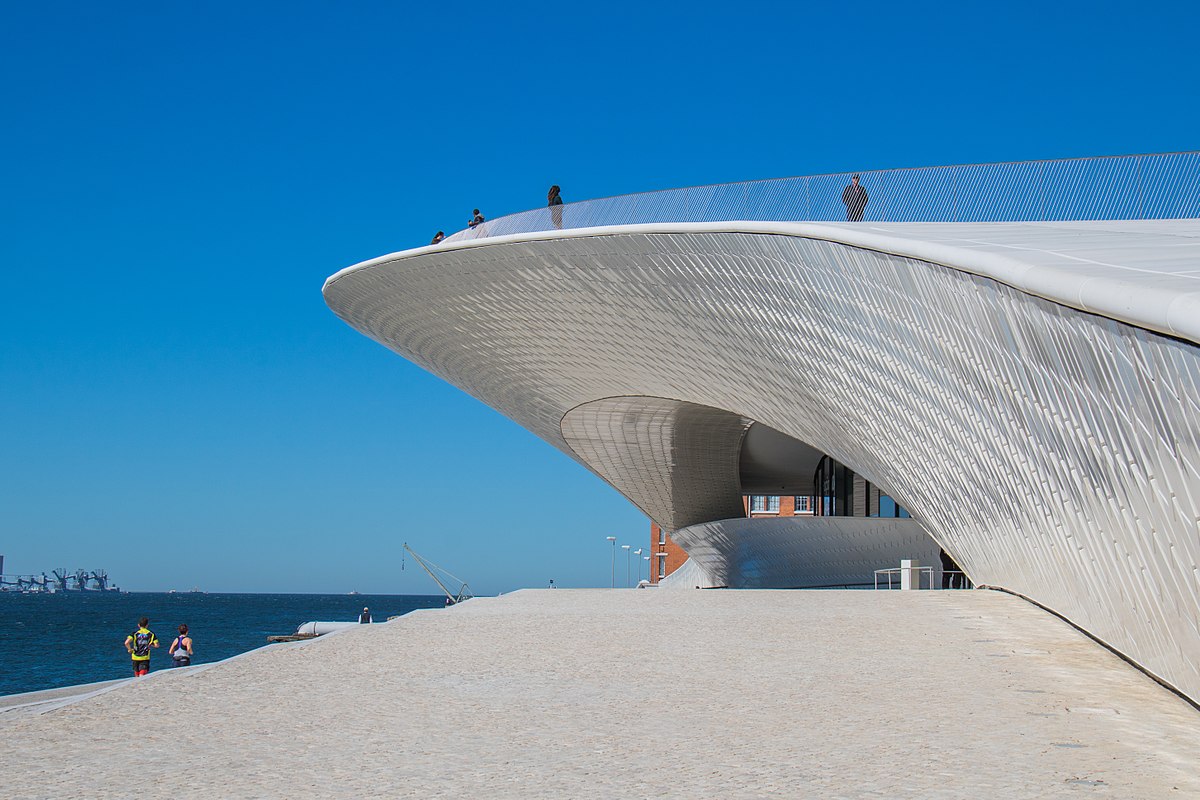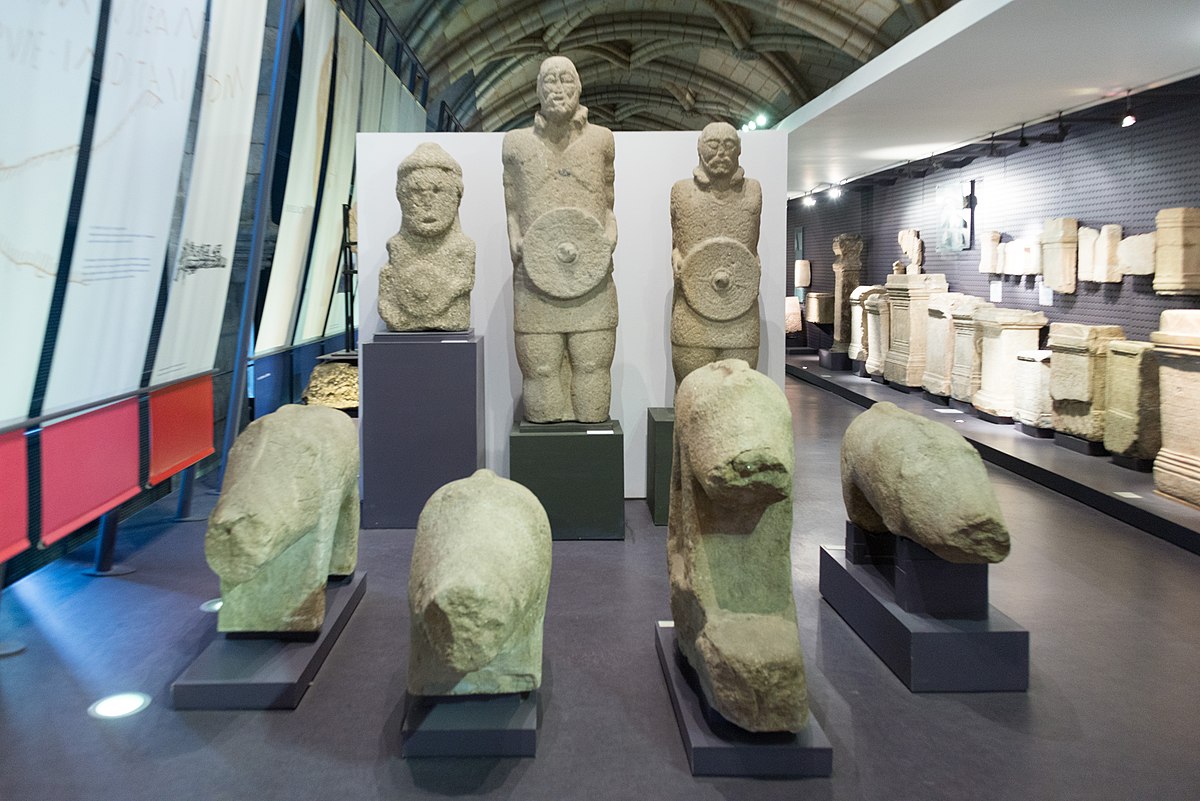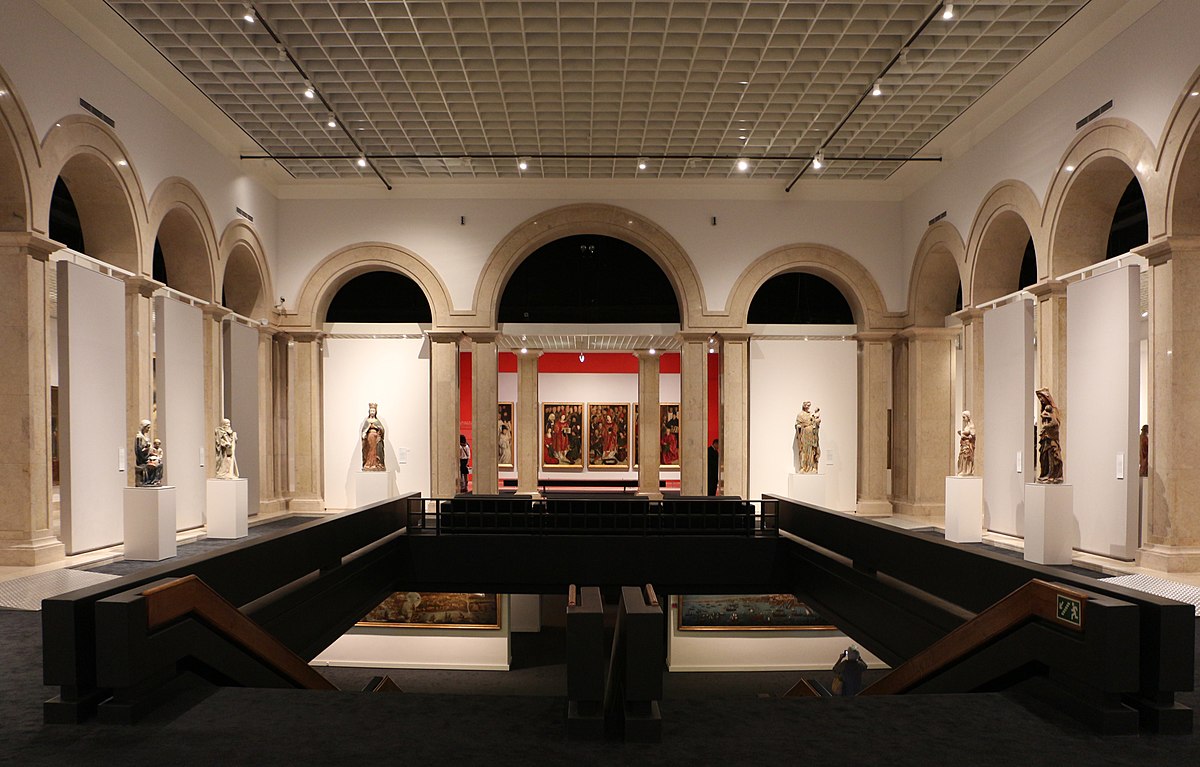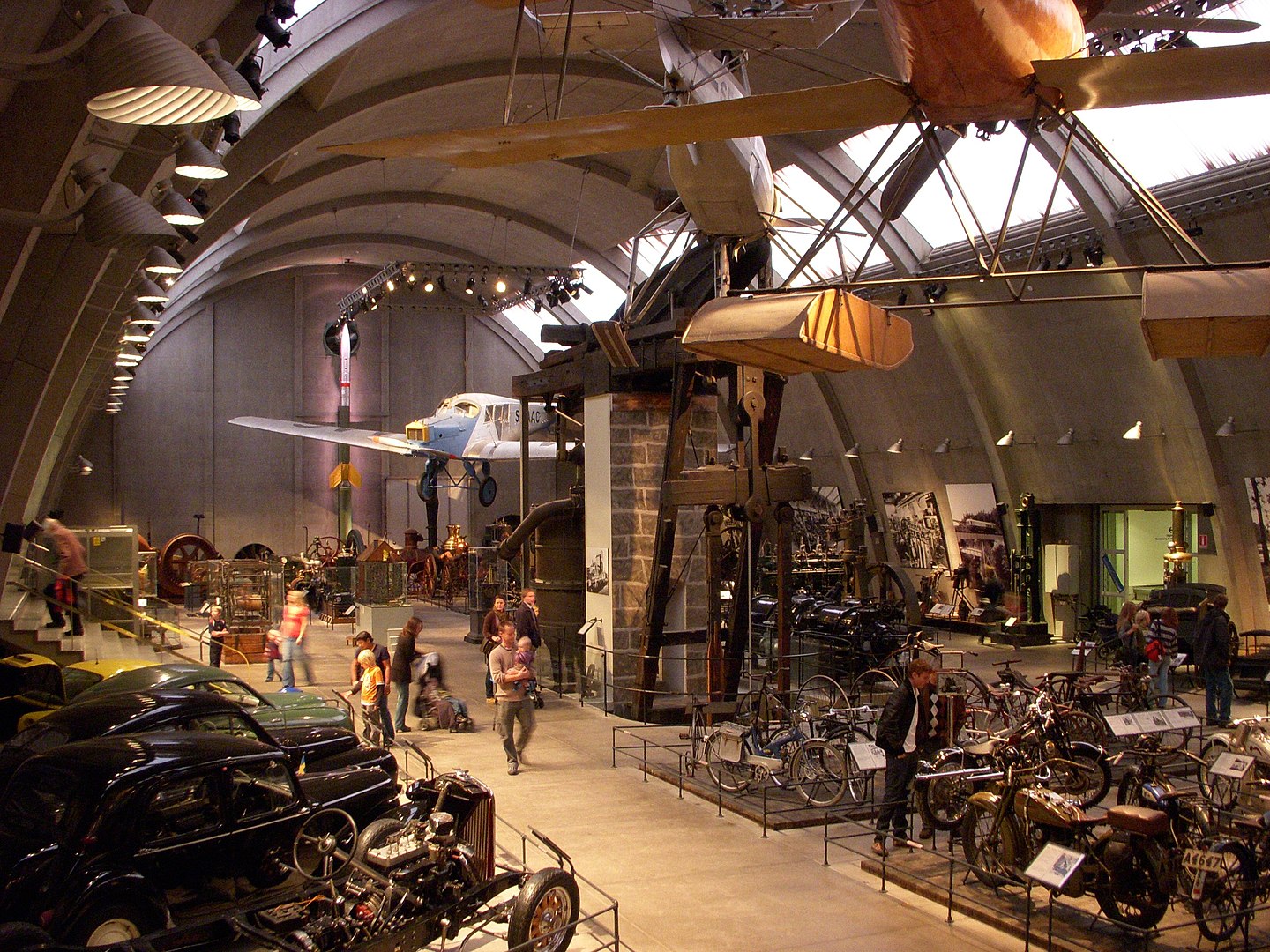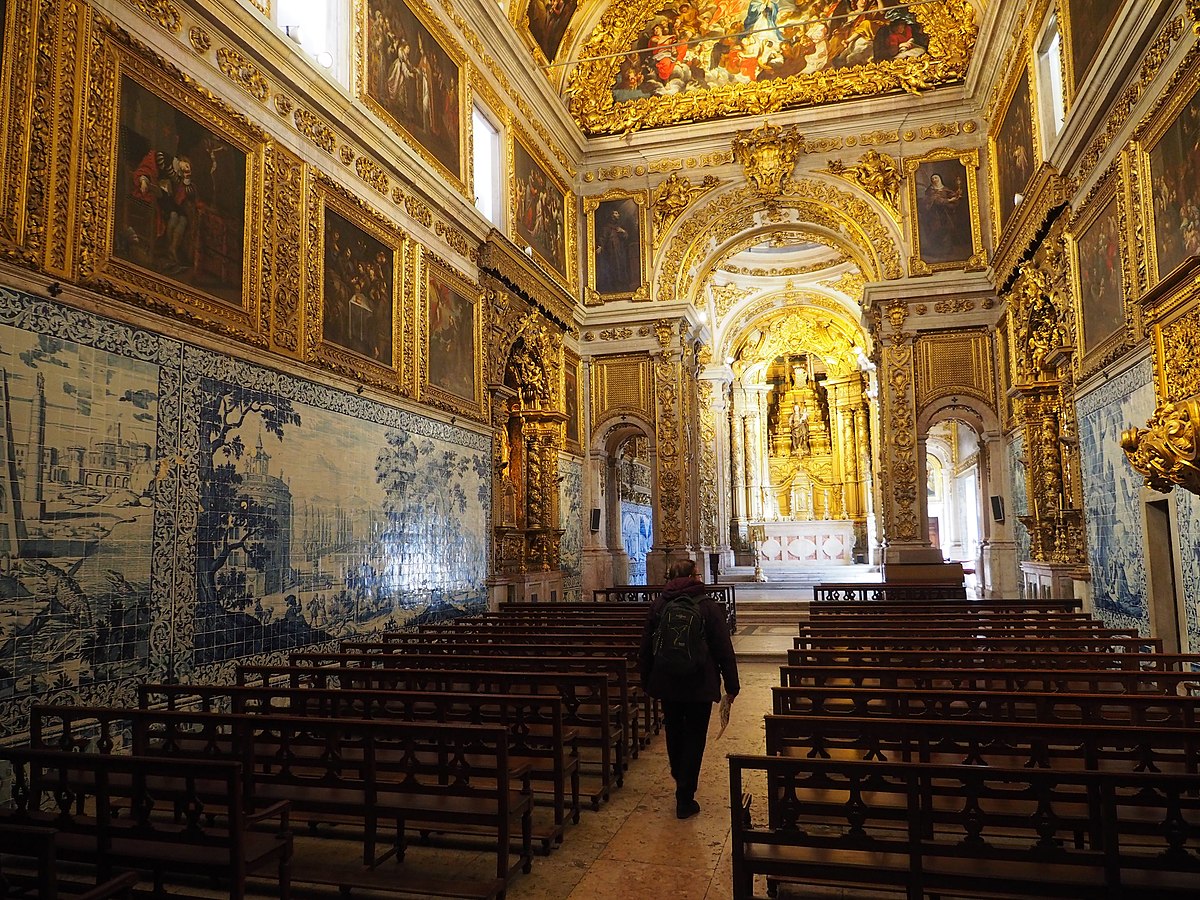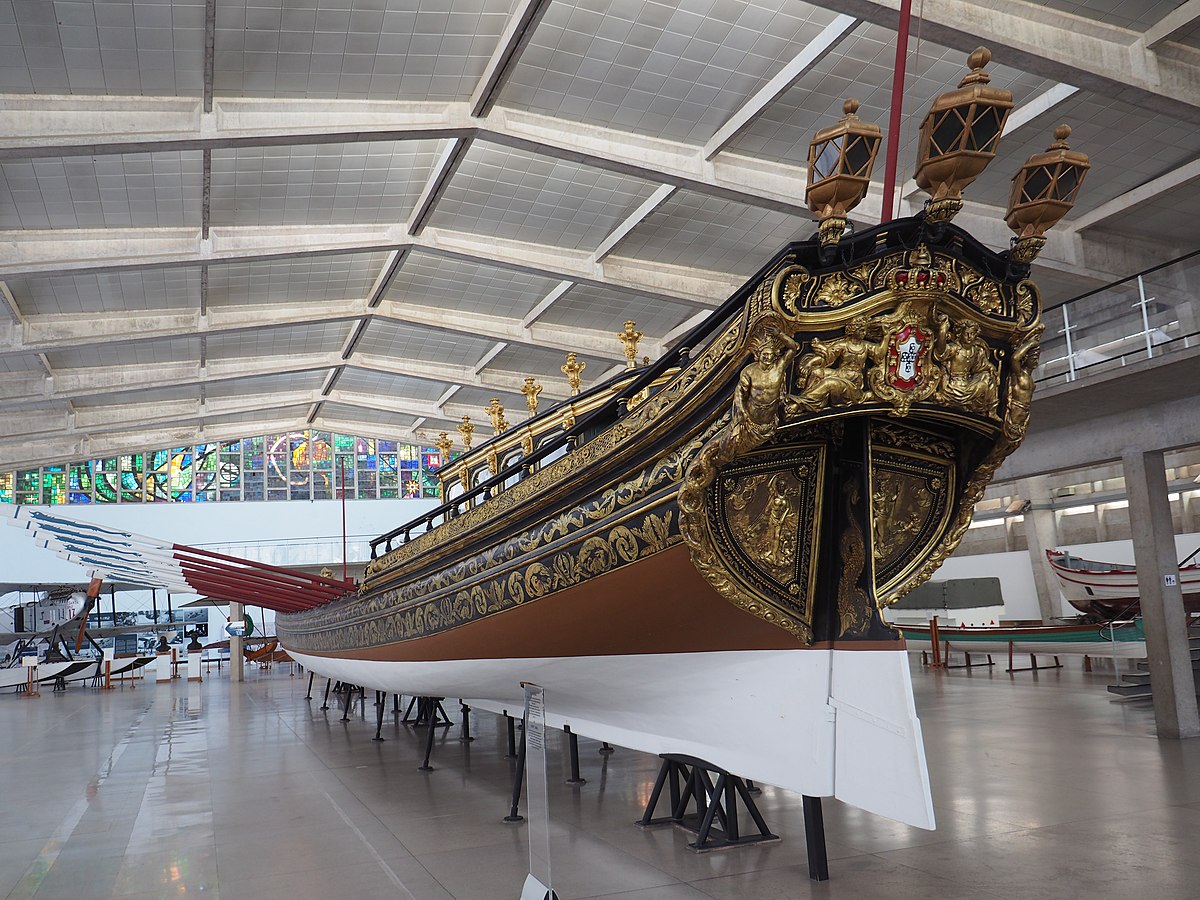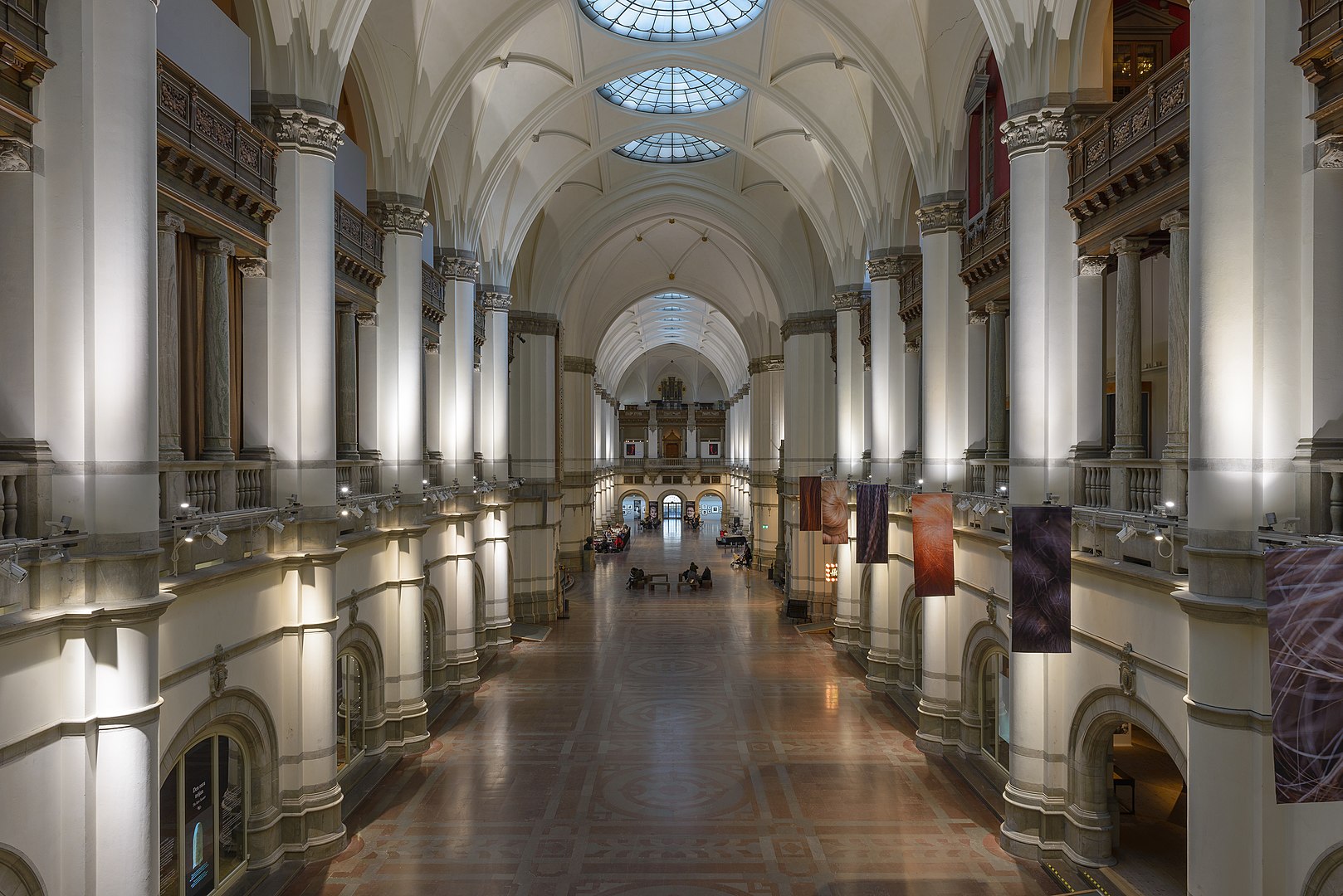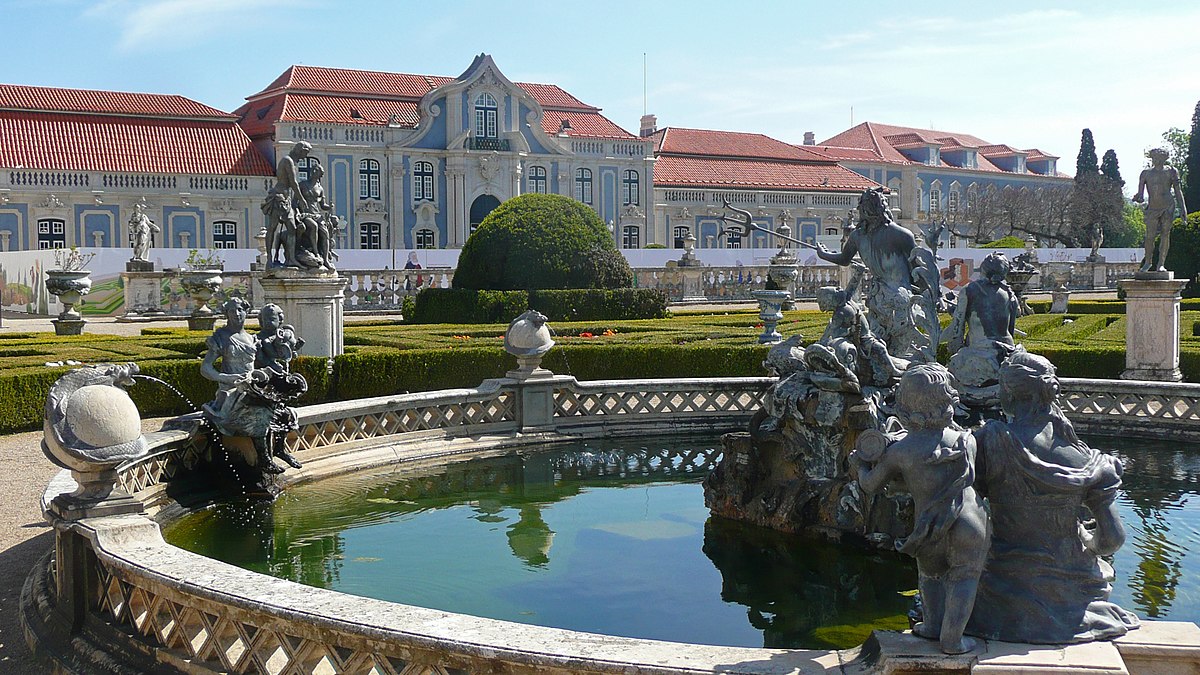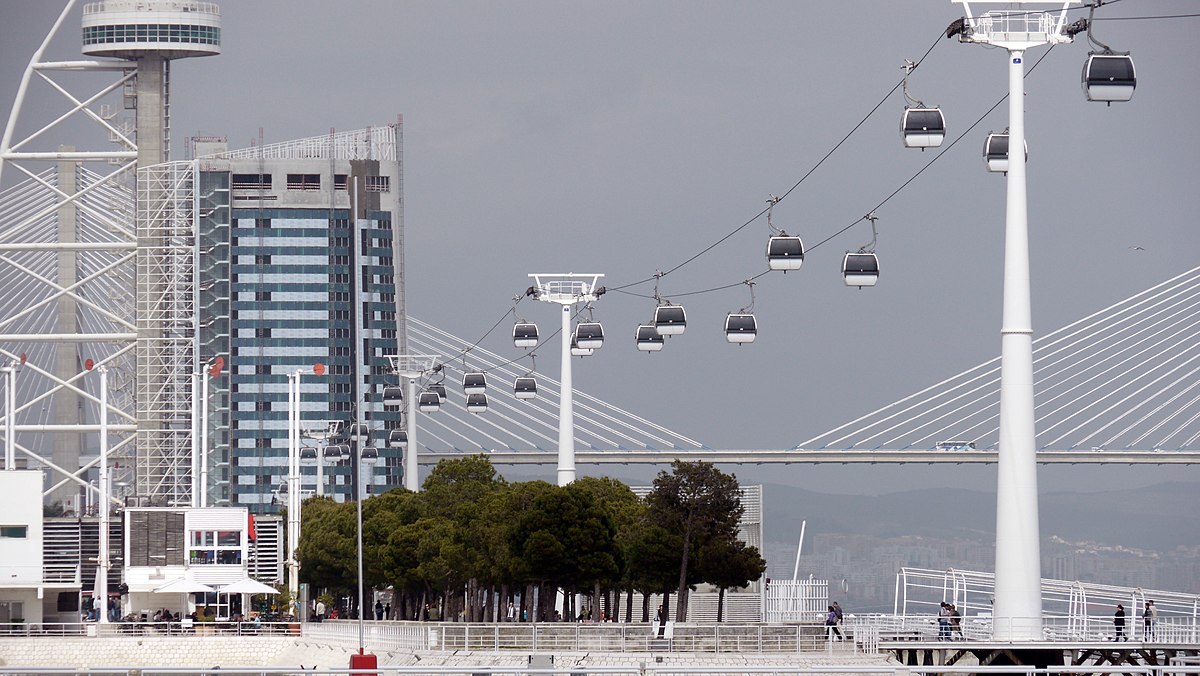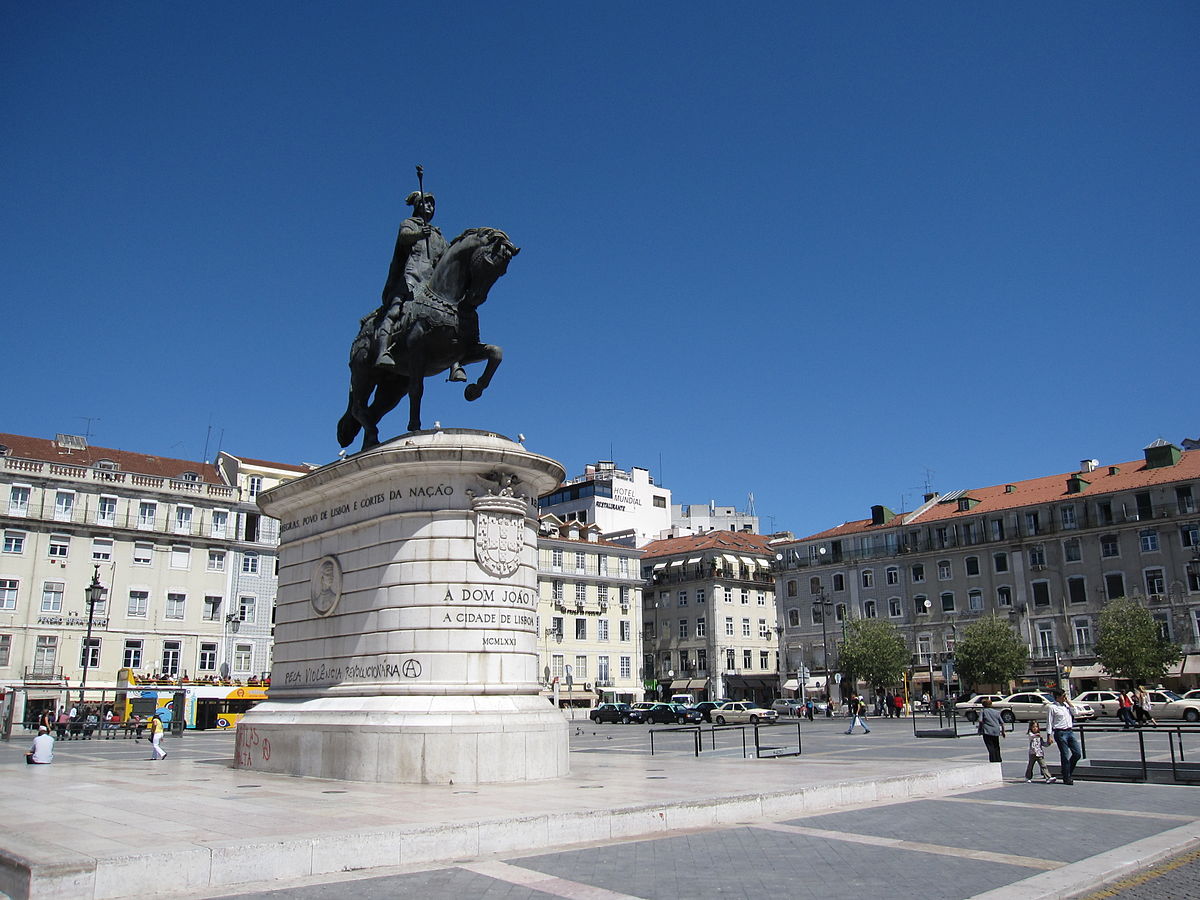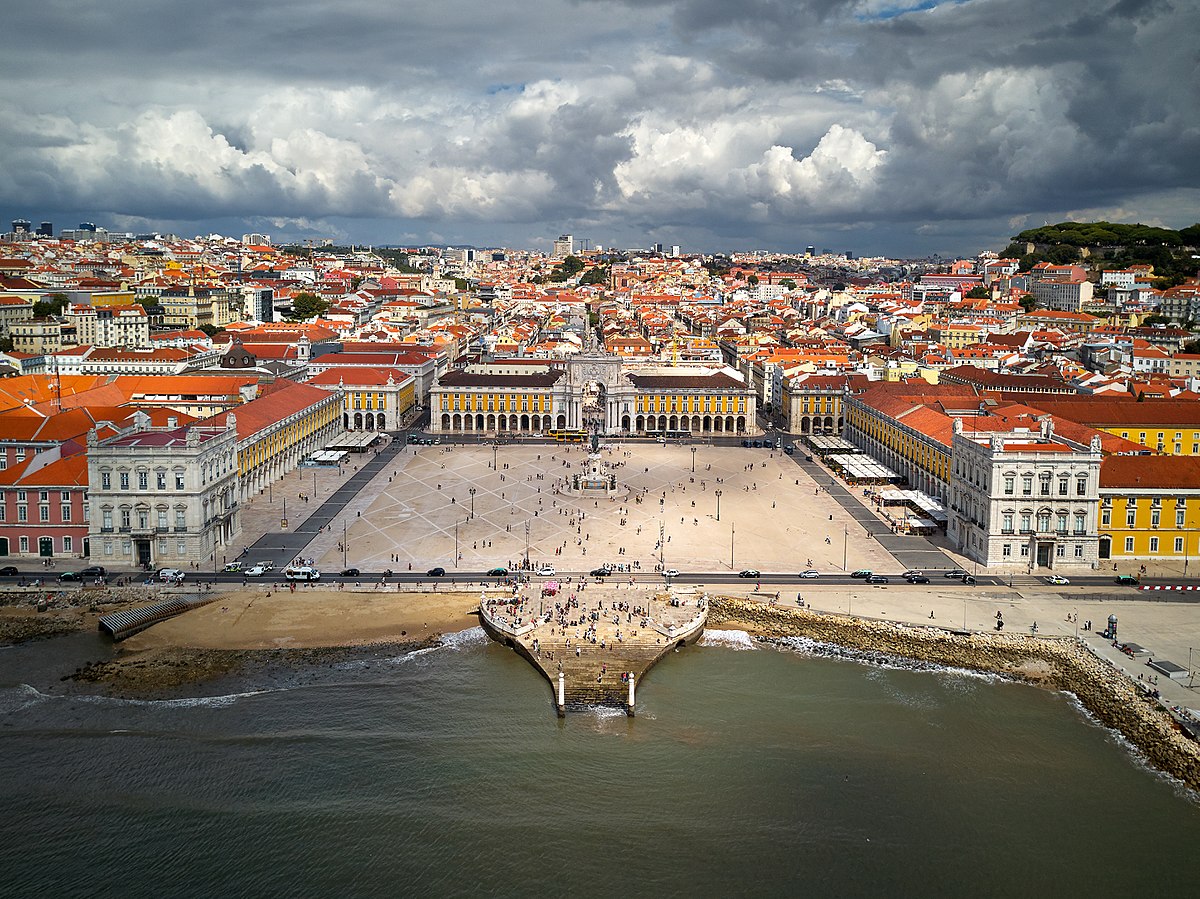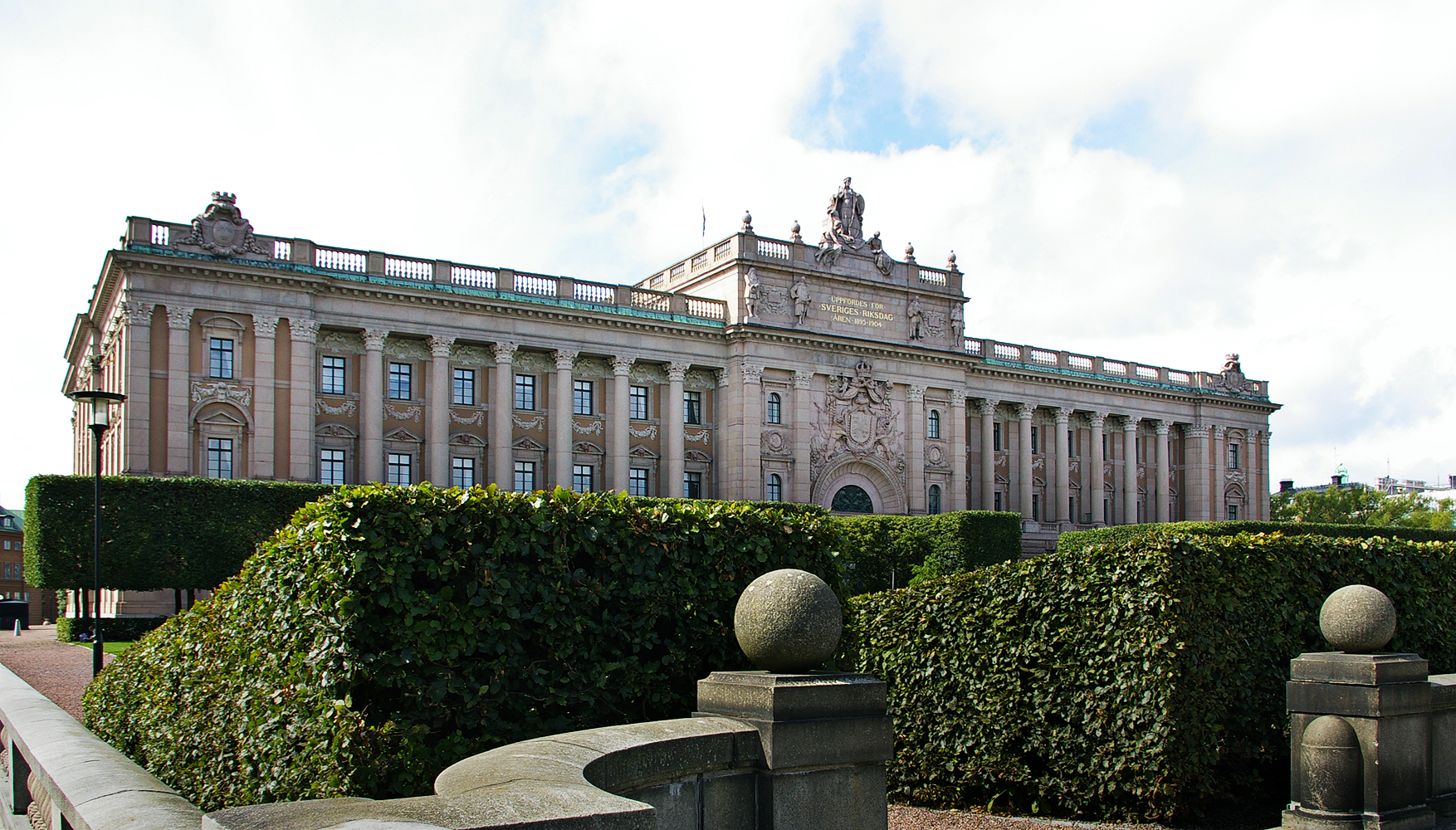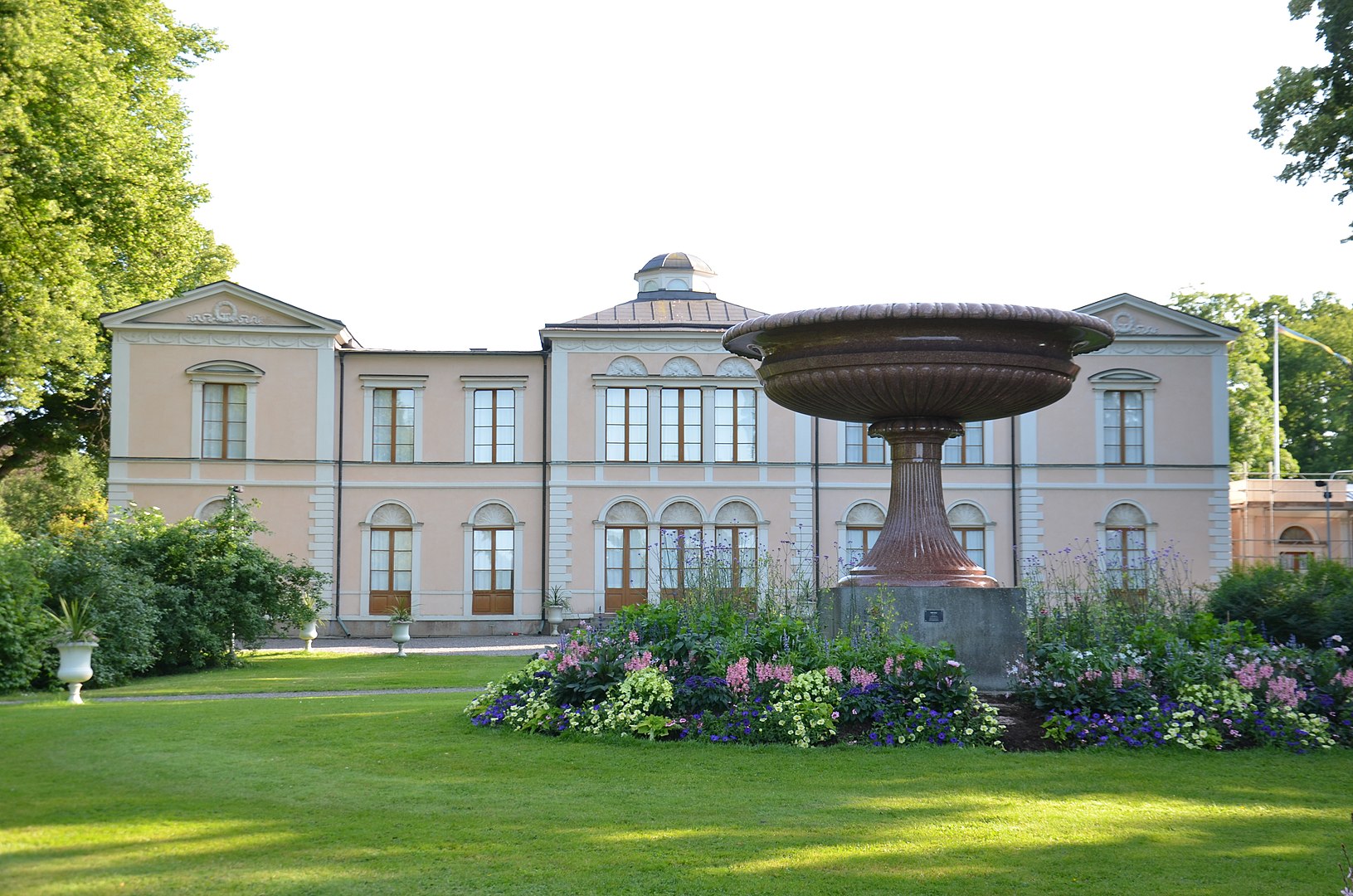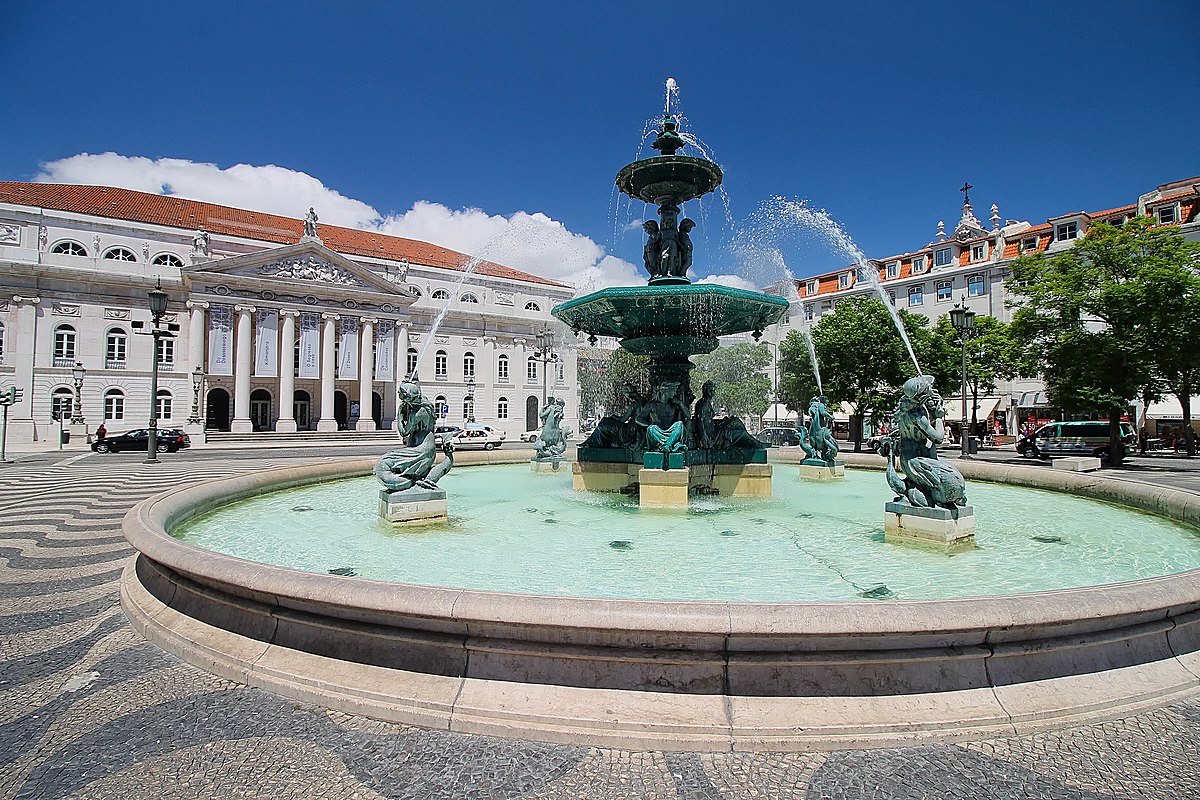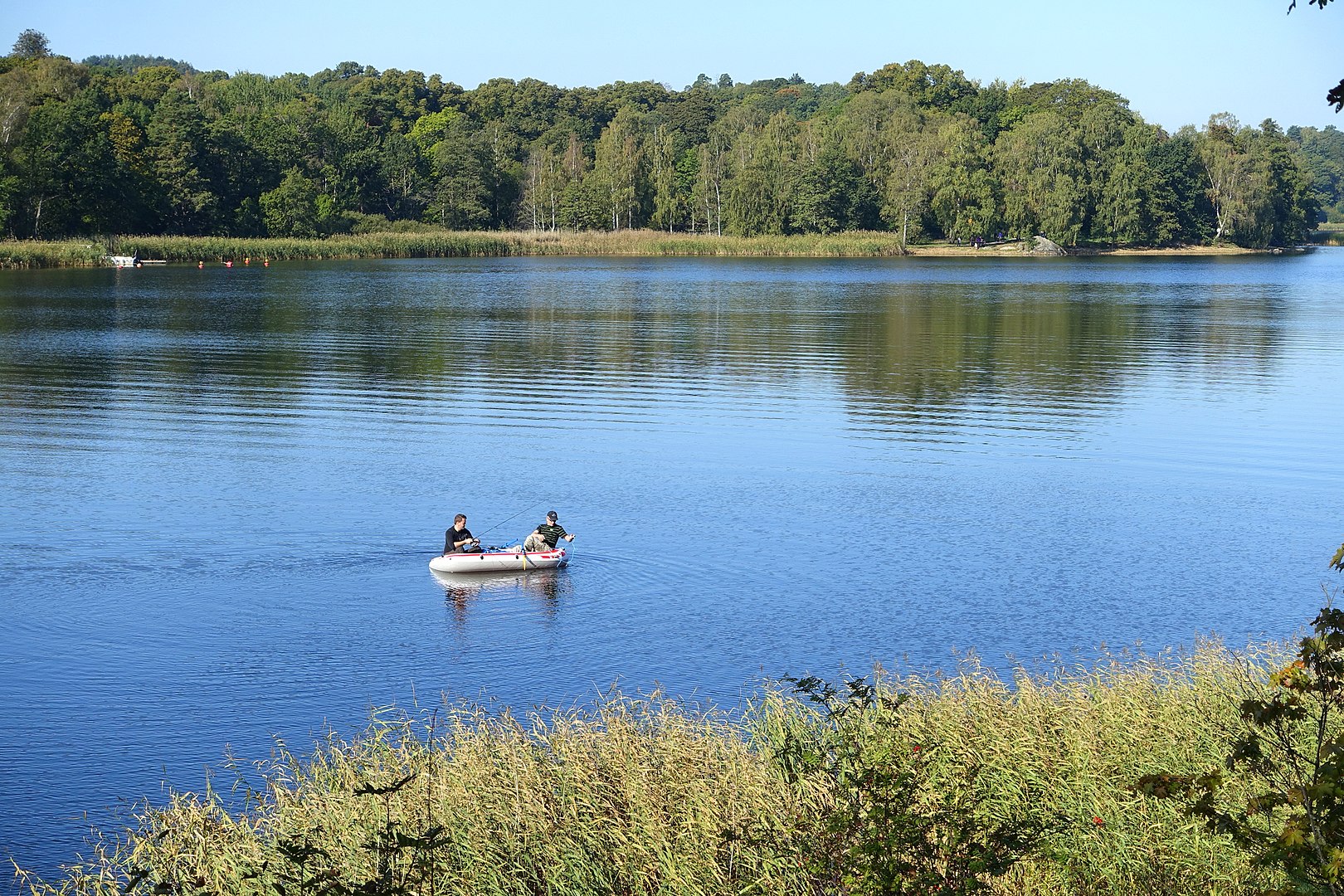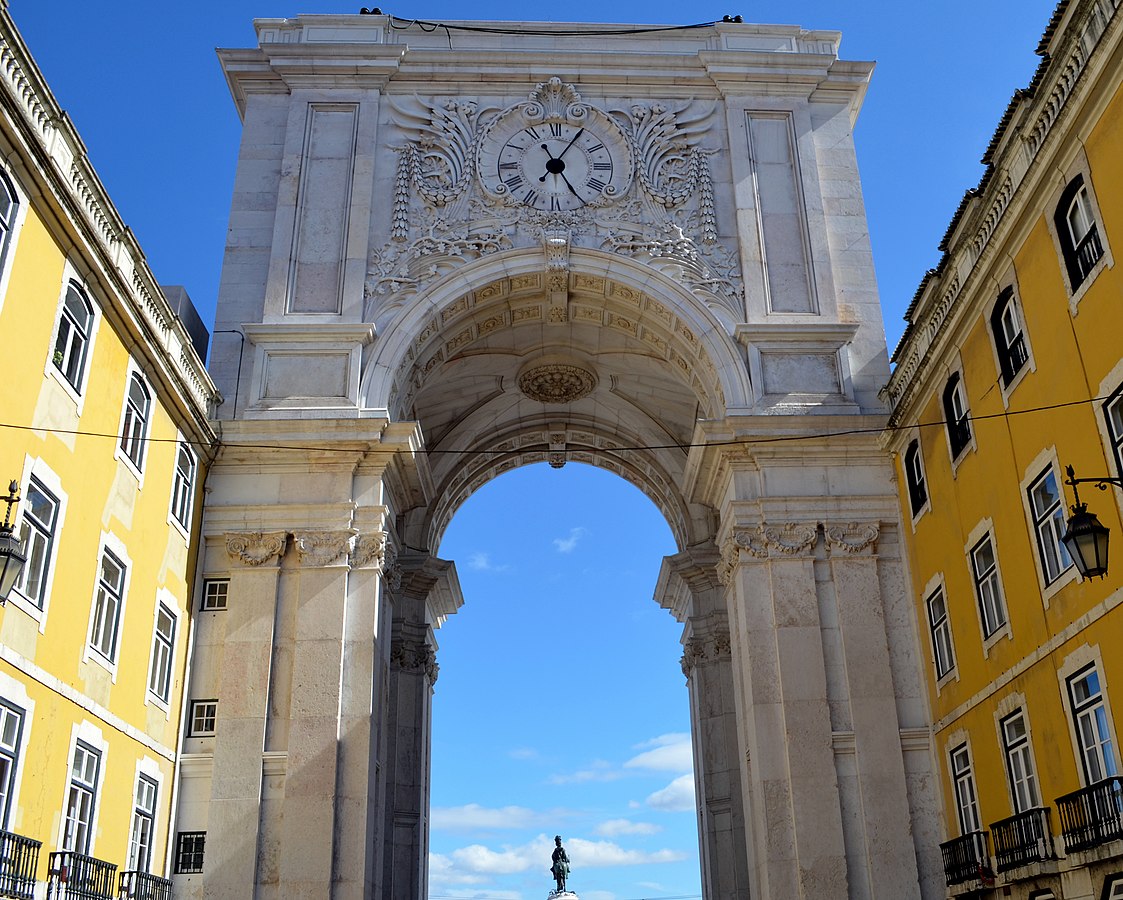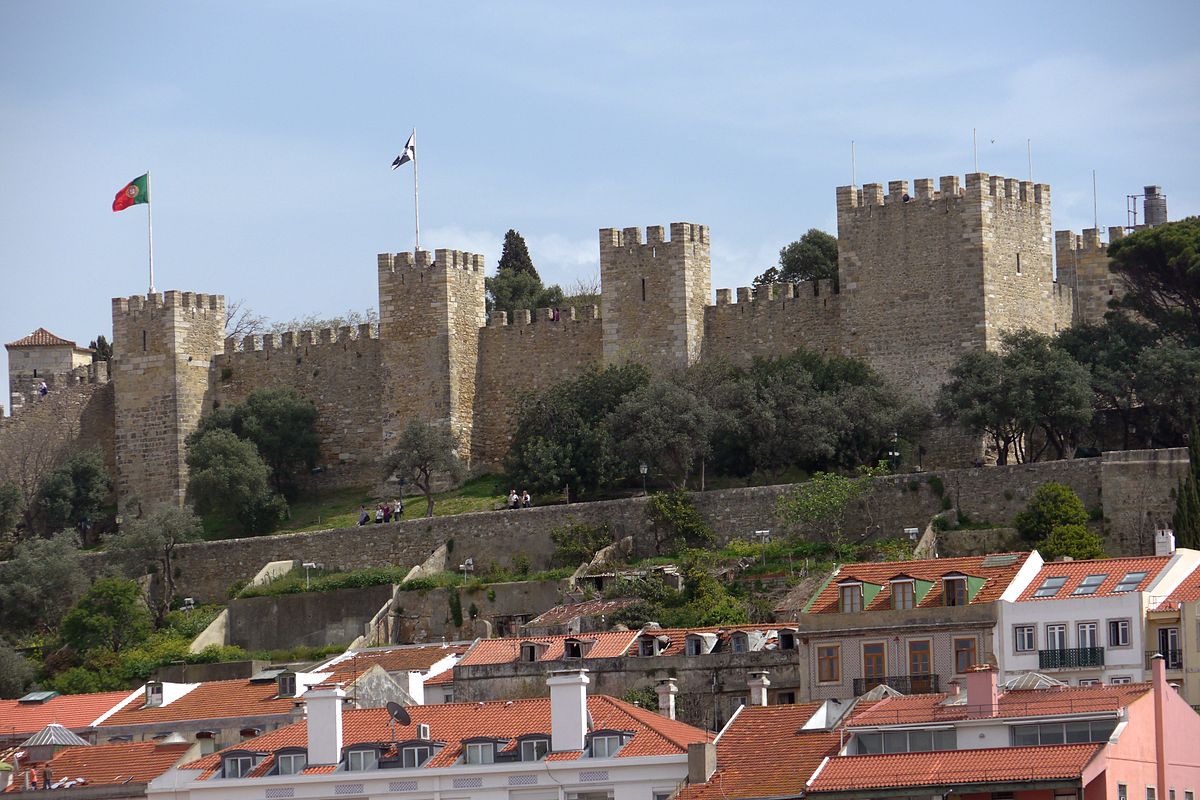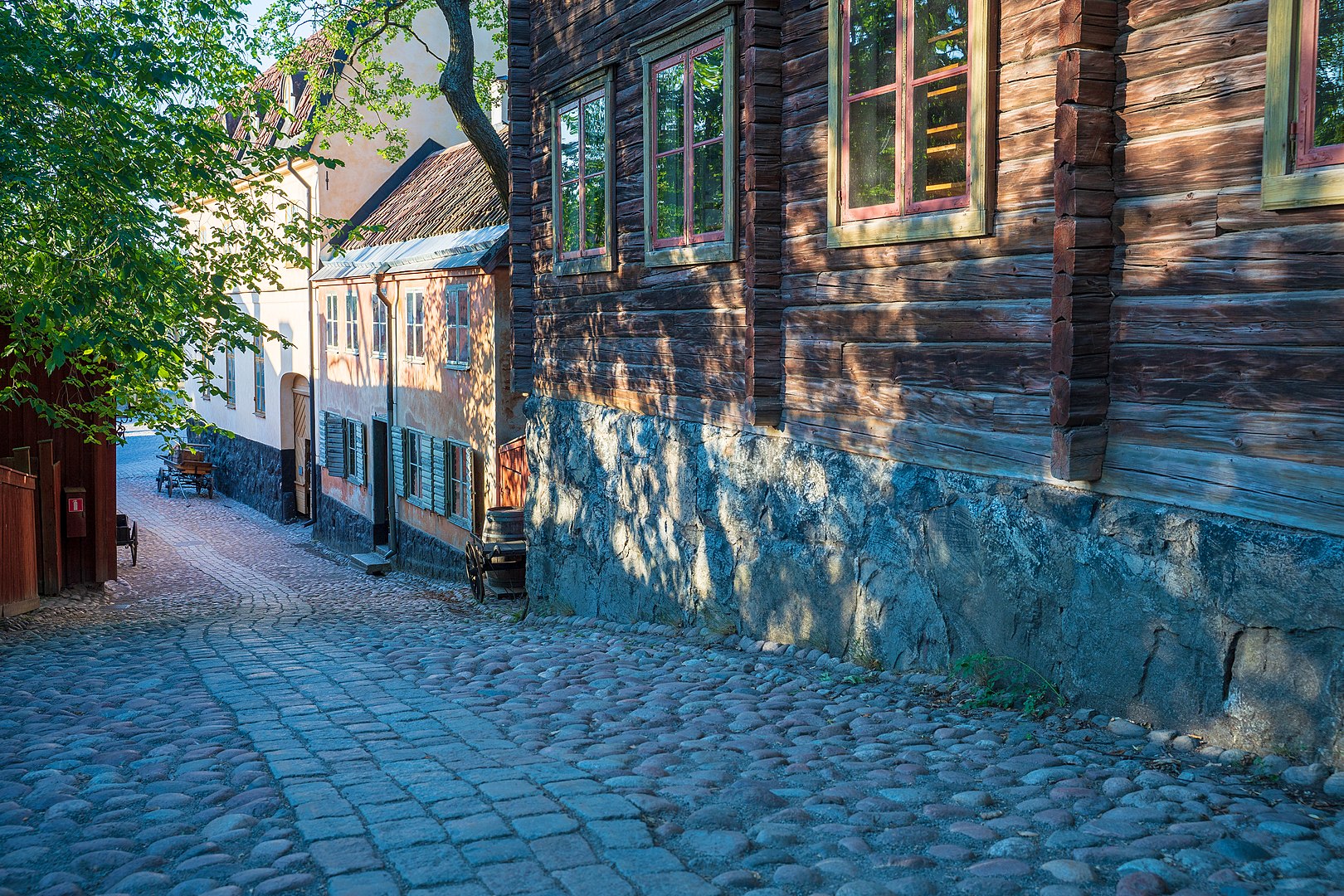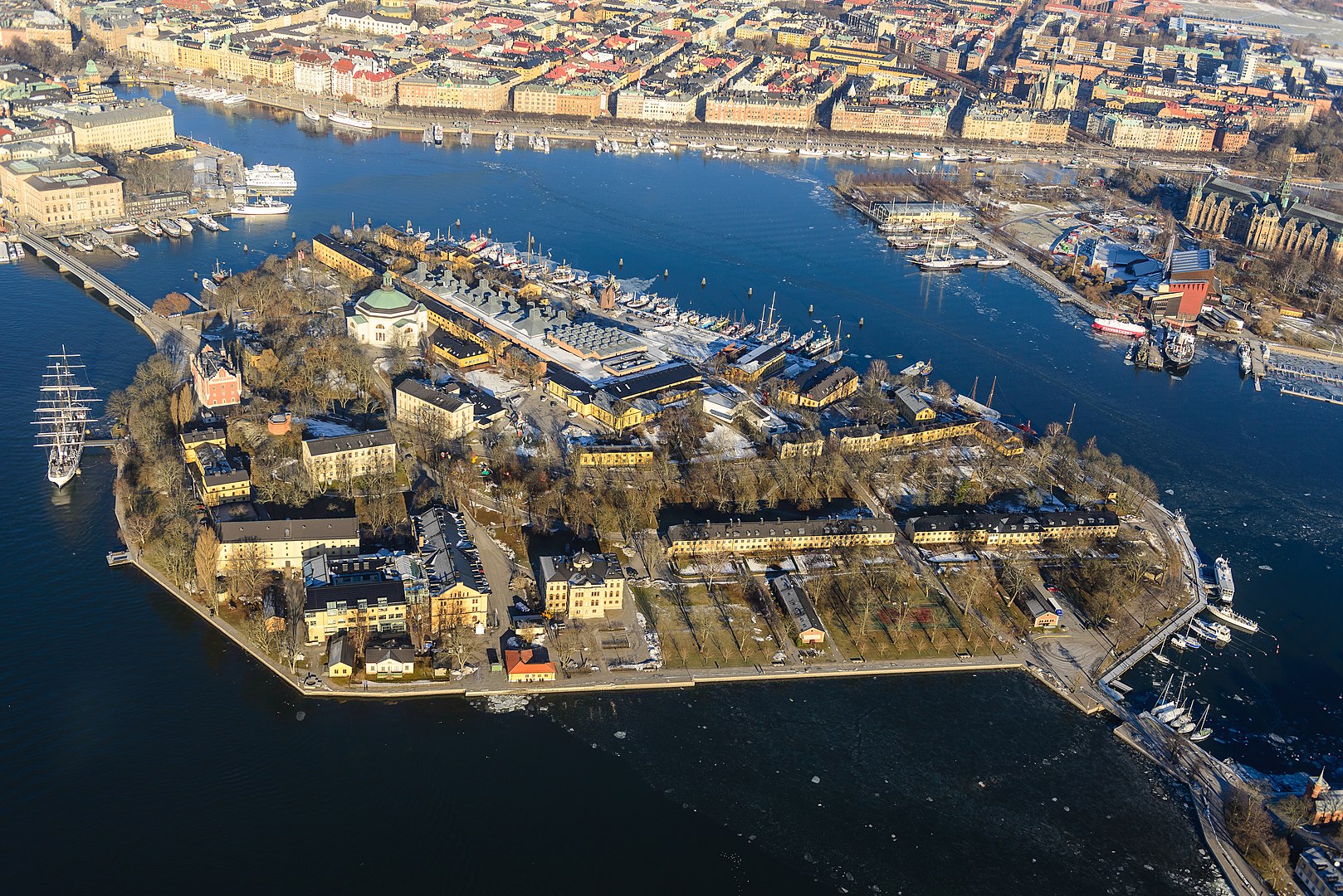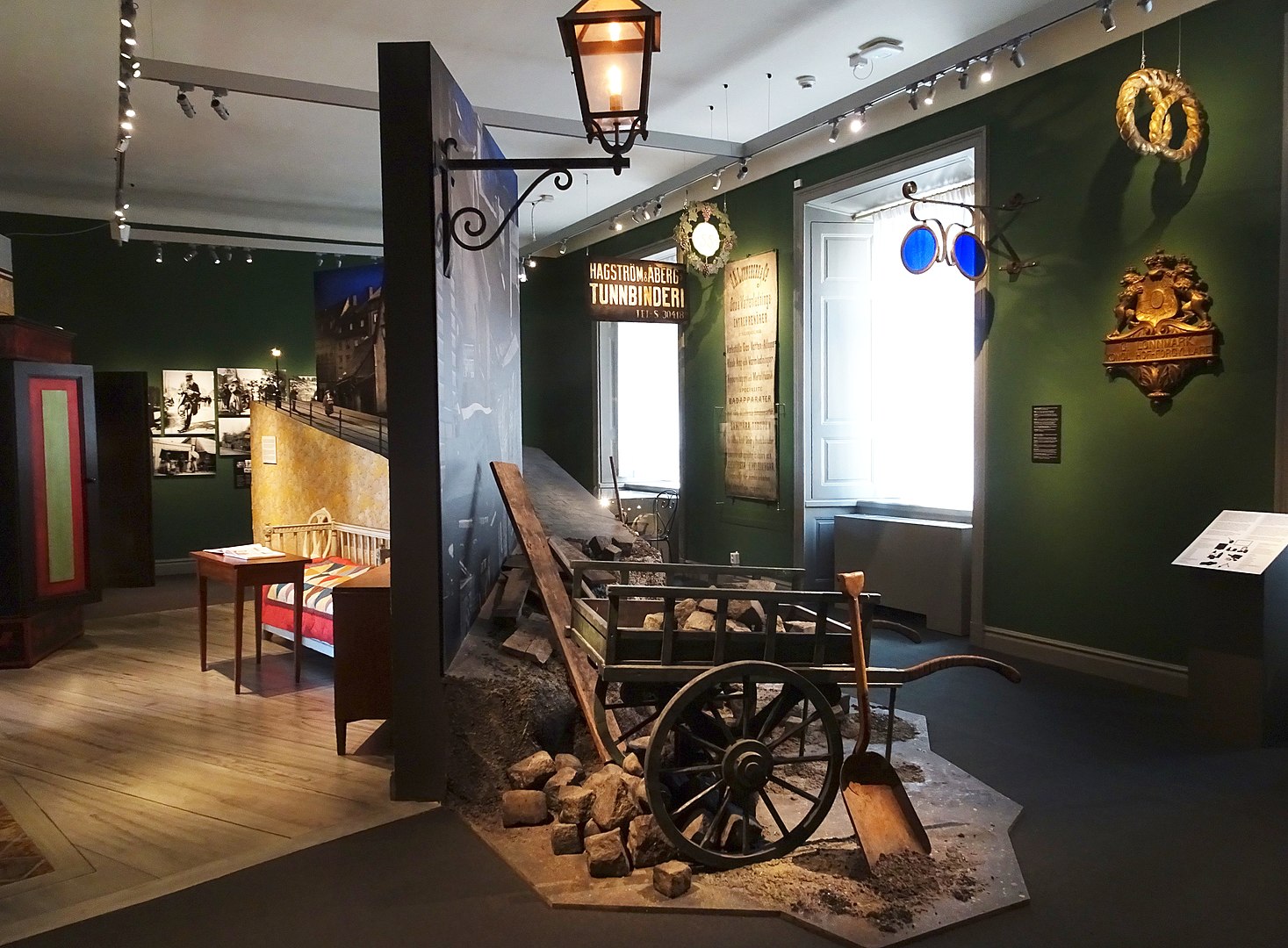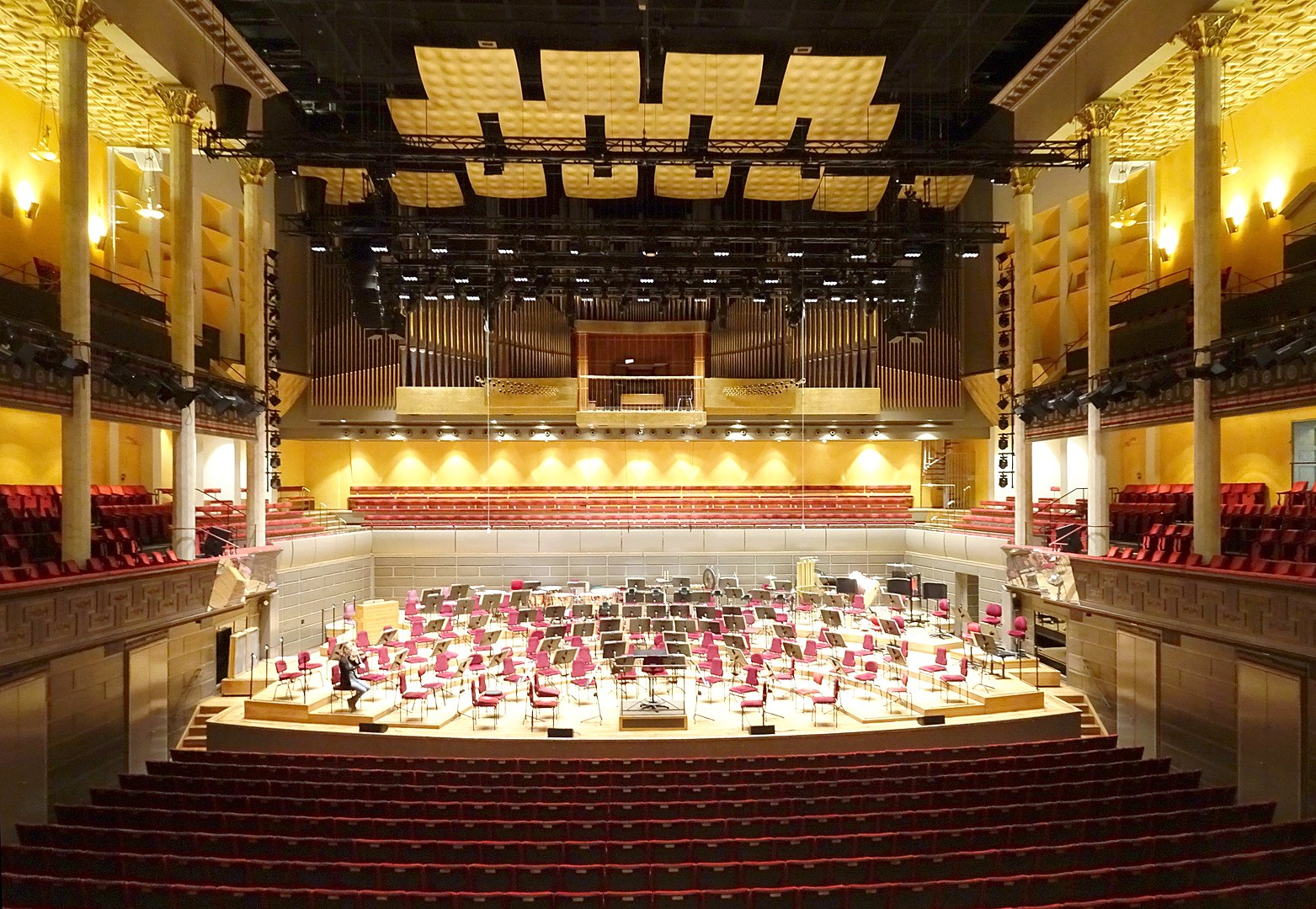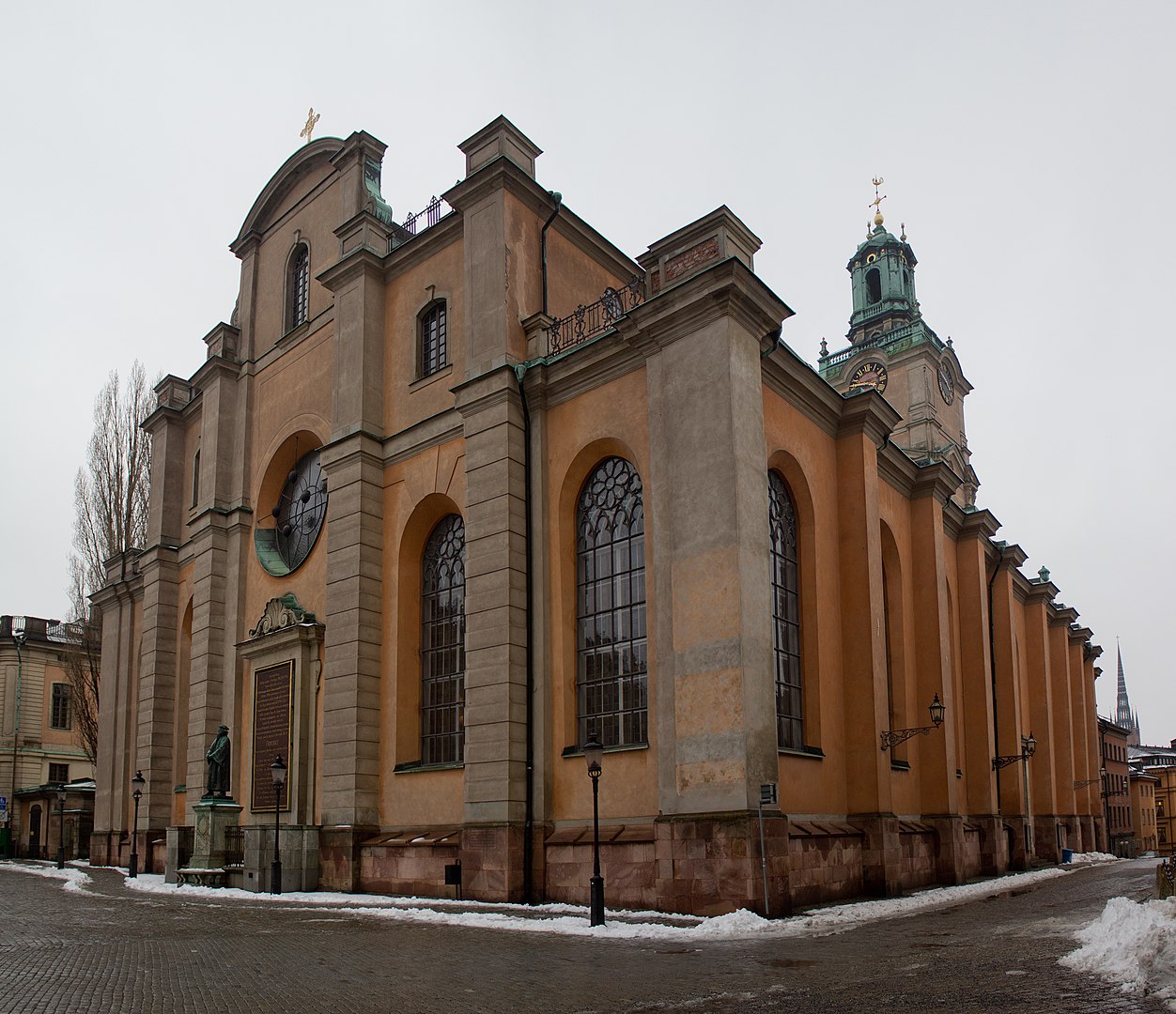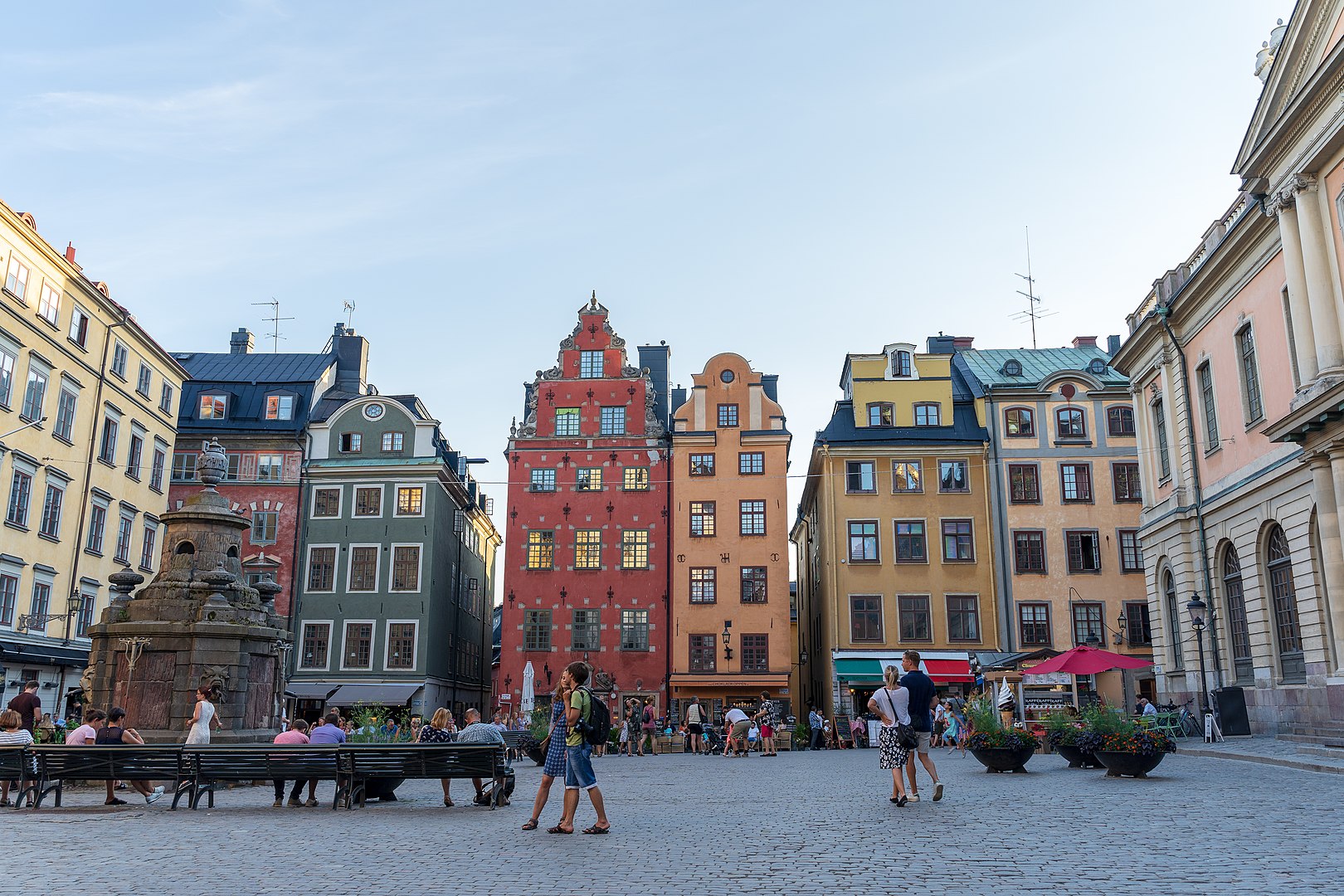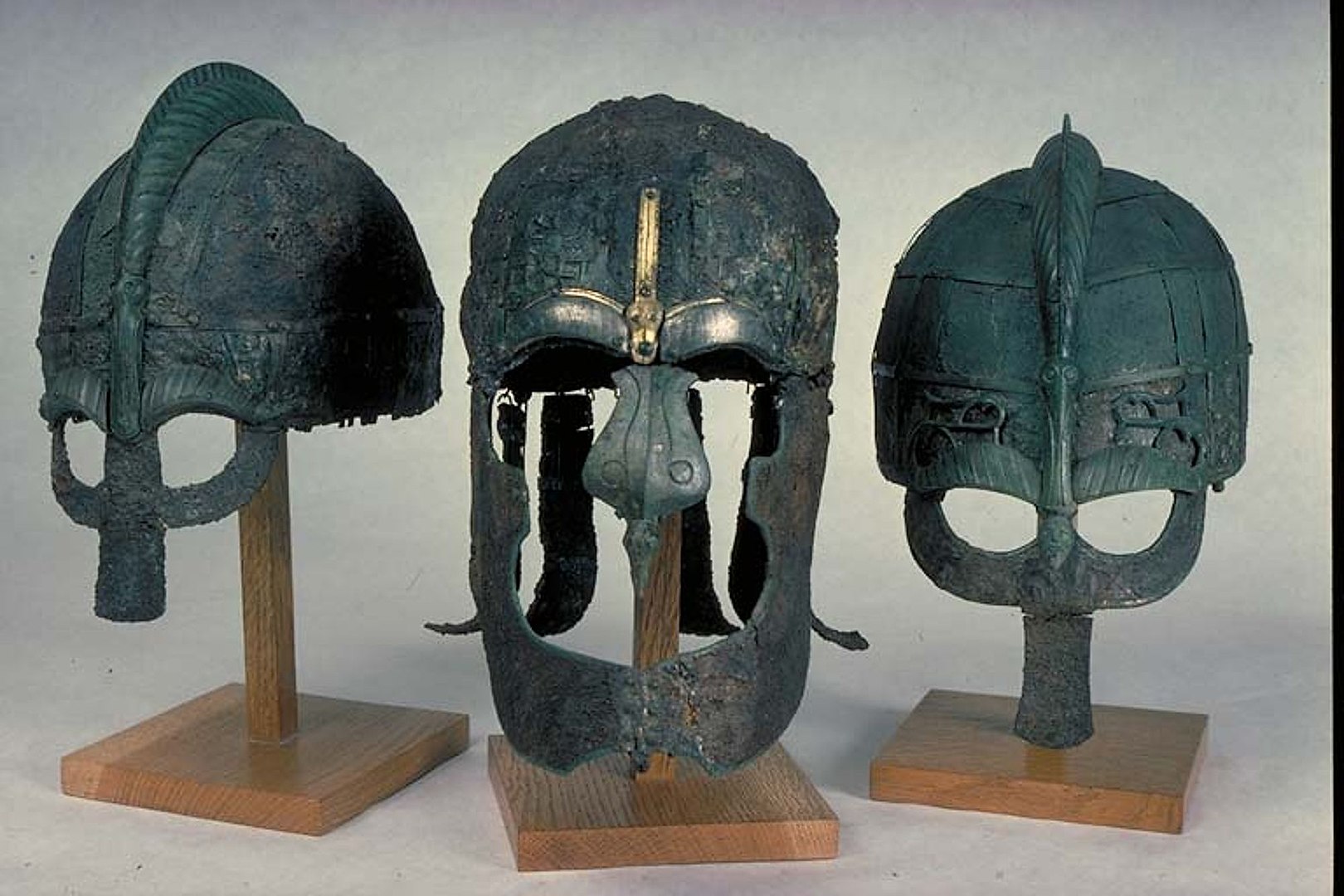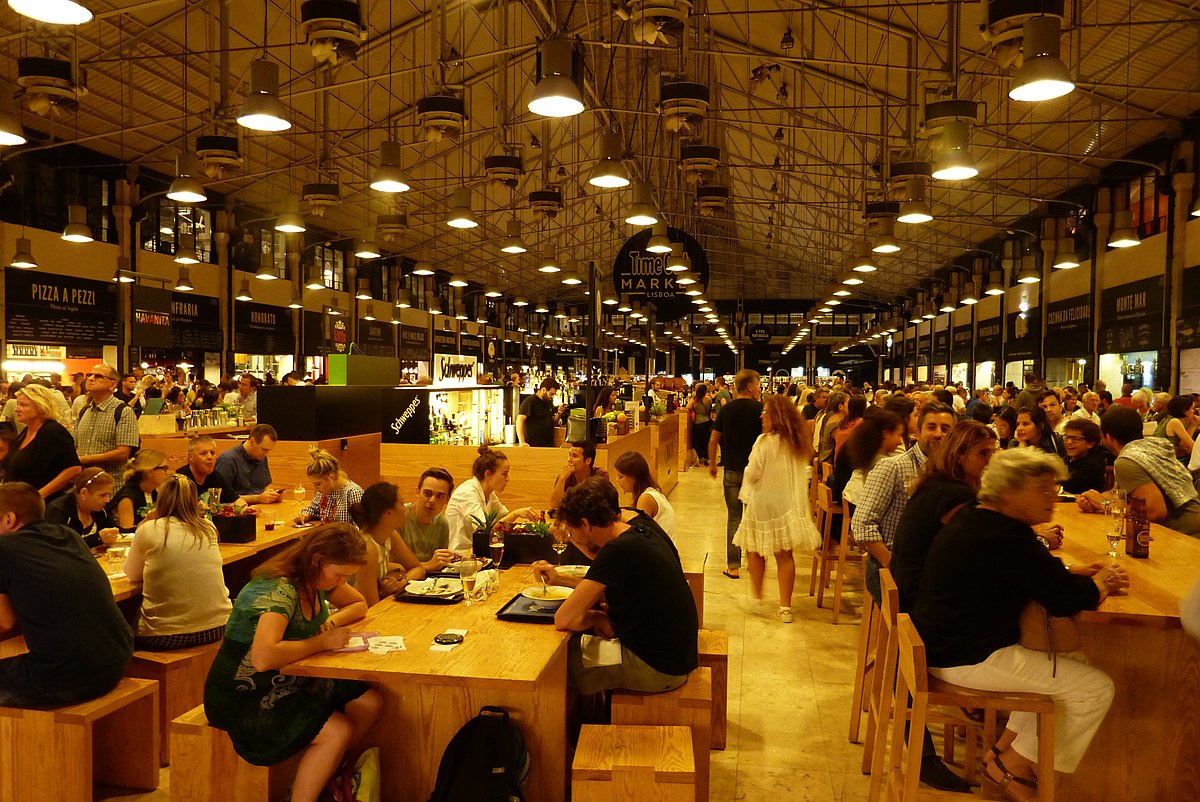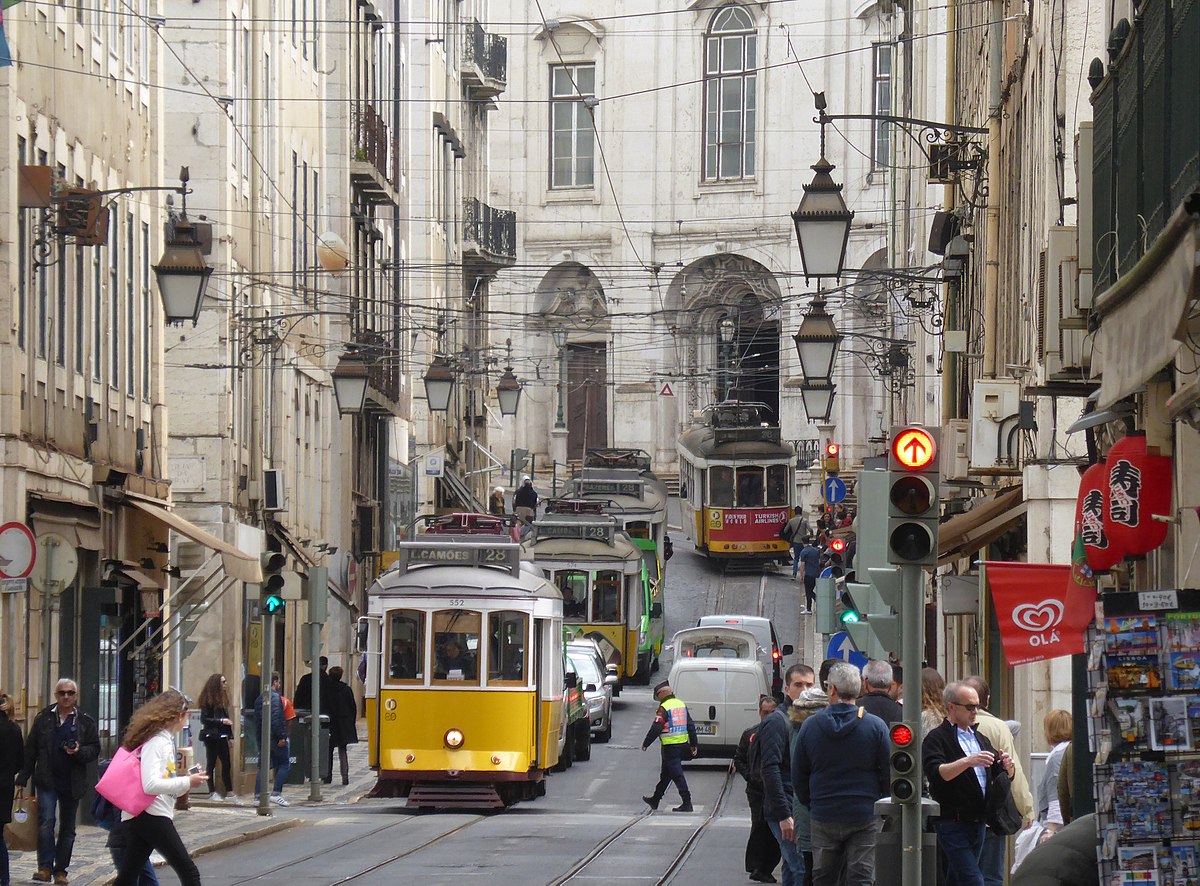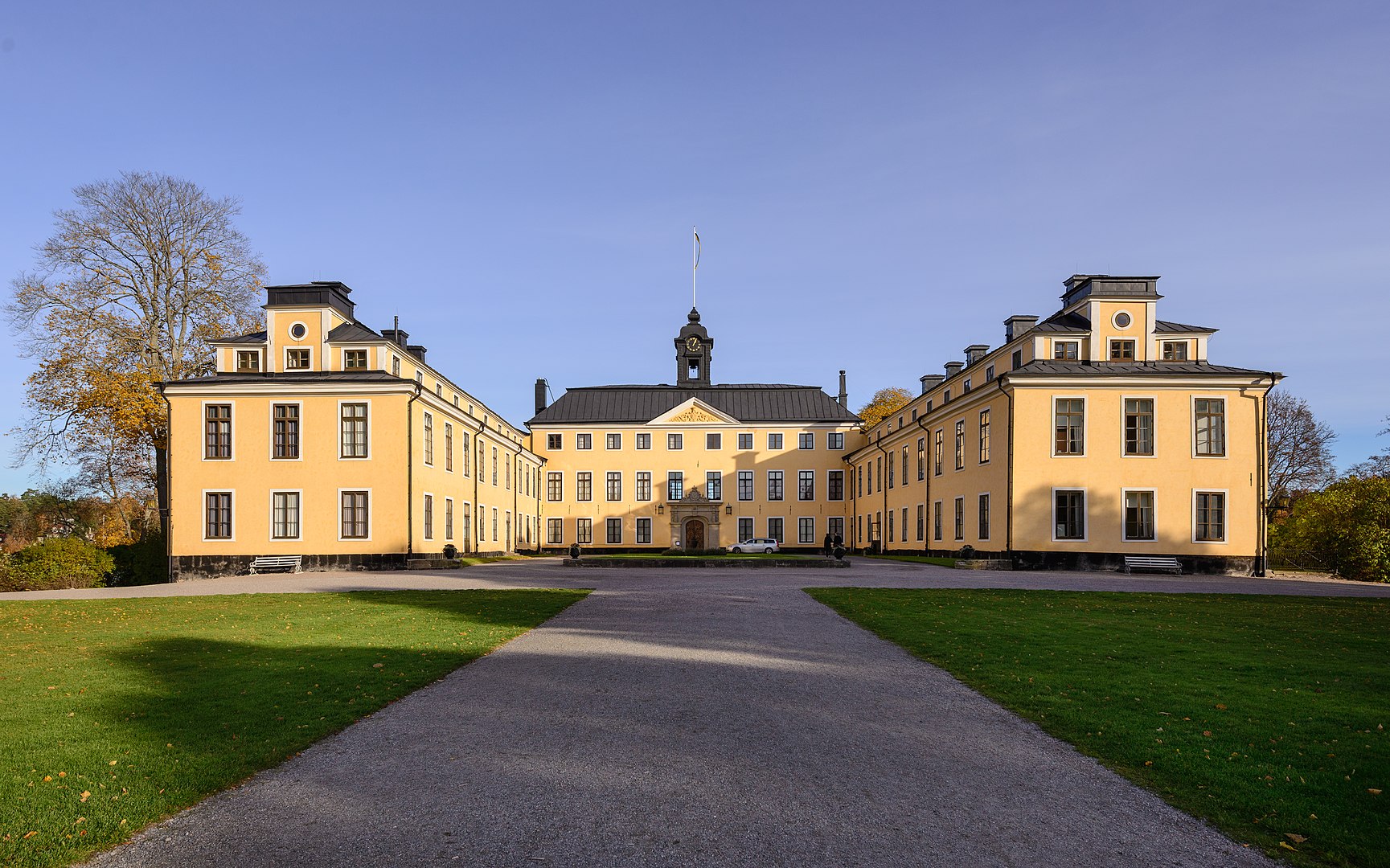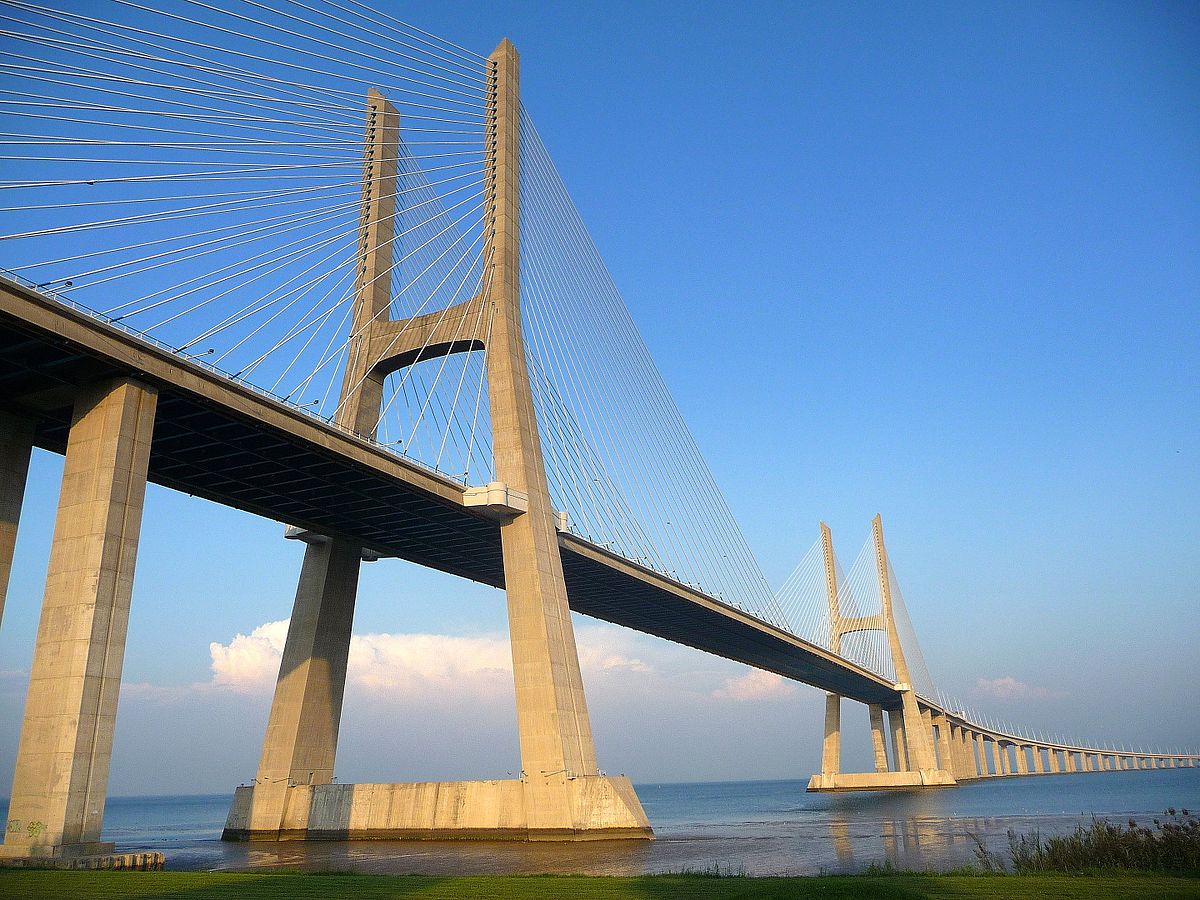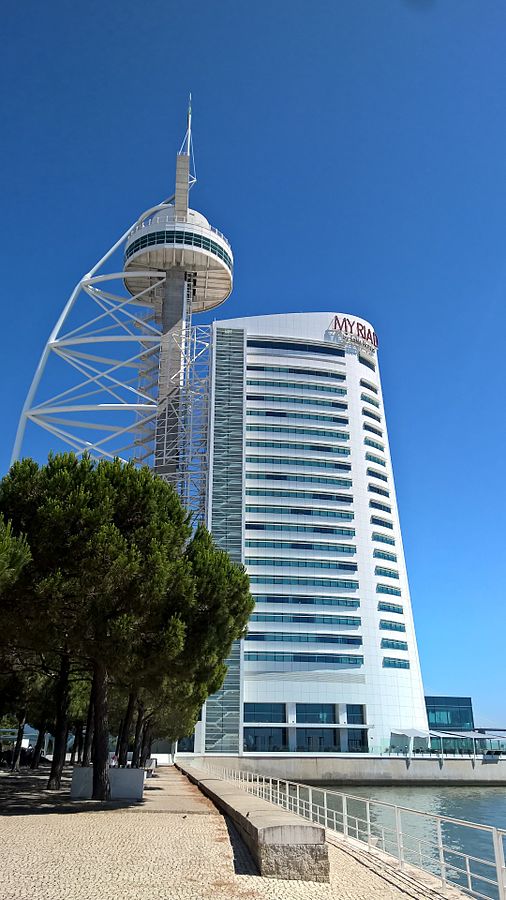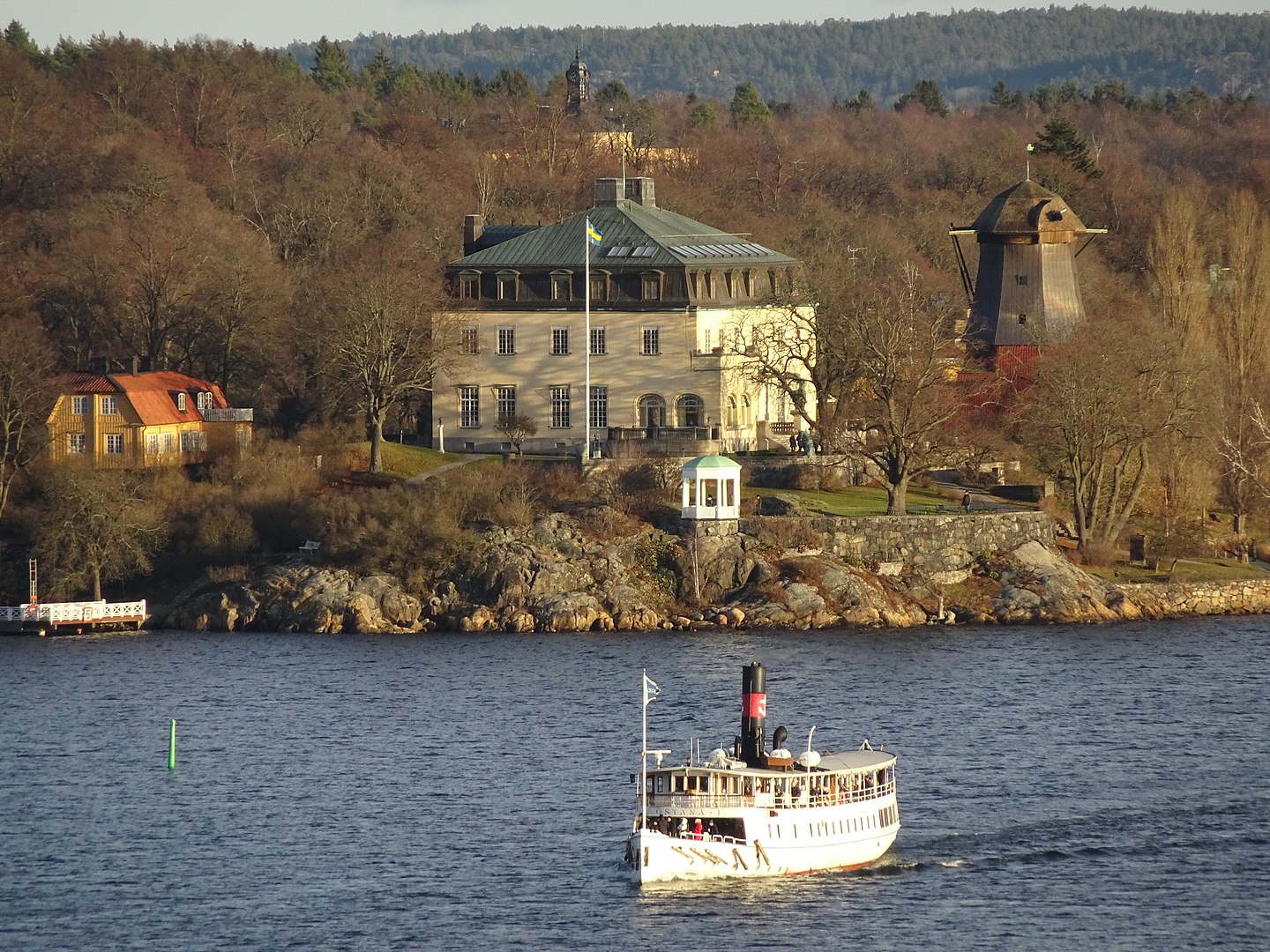LISBON
Why is Lisbon worth a visit?
Lisbon has long ceased to be an insider’s tip among city break destinations in Europe. For many years, the capital of Portugal has experienced a real tourist boom. And rightly so, because Lisbon is undoubtedly one of the most beautiful and charming cities on the continent. If you are looking for a combination of a great historical building stock, beautiful churches and palaces, extraordinary sights, breathtaking viewpoints, a diverse museum landscape, an excellent gastronomic scene, wonderful weather and a lot of flair, you will be enchanted by this city.
Here are our top 10 reasons to travel to Lisbon:
1. Lisbon is one of the most beautiful cities in Europe. Hardly any other European city has so much historical building stock to offer as the capital of Portugal. Although much was destroyed in the Great Earthquake of 1755, everything was subsequently rebuilt (in a new form).
2. Lisbon is by no means stuck in the past. In recent decades, many modern buildings have been built in the city, which provide a nice contrast to the historic buildings.
3. Lisbon is a city of extraordinary sights. From historic elevators, funiculars and streetcars to castle and church ruins and an oversized statue of Christ, the capital of Portugal offers its visitors some attractions that do not exist in this form a second time.
4. Lisbon is a city of churches. Few cities in Europe can match the number and beauty of the churches in the Portuguese capital.
5. Lisbon is a city of palaces. For many centuries, the Portuguese royal family was one of the richest dynasties in the world, which is reflected in their magnificent residences in and around Lisbon.
6. Lisbon has an excellent museum landscape. The city’s museums are among the best and most interesting of their kind in Europe in terms of archaeology, history and art.
7. The many hills make Lisbon a city of viewpoints. The Miradouros, with their magnificent views of the city and the river Tagus, are not without reason among the most popular sights.
8. Lisbon has indisputably the best weather of all European capitals. Throughout the year, the climate is pleasantly mild and not too warm. And with over 300 days of sunshine a year, no other capital city can compete anyway.
9. You can eat fantastic food in Lisbon. Portuguese cuisine is not without reason popular far beyond the borders of the country.
10. Lisbon is one of the most charming cities in Europe. The flair of Portugal’s capital is hard to put into words. So just hop on a plane and experience it for yourself.
For whom is Lisbon worth a visit?
History buffs:
Lisbon is one of the cities in Europe with the longest history. Especially the golden age of Portugal, when the country’s seafarers discovered large parts of the globe and made Portugal the world’s leading trading and maritime power, left significant historical traces here in Lisbon.
Architecture buffs:
It is true that Lisbon is clearly dominated by historic buildings. But in recent decades, modern buildings, such as the Museum of Art, Architecture and Technology, and new neighborhoods, such as the Parque das Naçoes, have emerged, providing an architecturally interesting counterpoint to the old buildings.
Museum visitors:
Lisbon’s museum landscape is one of the best and most diverse in Europe. Archaeology fans will get their money’s worth at the National Archaeology Museum and the Carmo Archaeological Museum. Art lovers will be able to spend many hours at the Calouste Gulbenkian Museum, the Berardo Collection Museum and the National Museum of Ancient Art. And for typical Portuguese, there is the Fado Museum and the National Museum of the Azulejo.
Palace lovers:
Portugal has a centuries-old history as a monarchy. Since the palaces of the Portuguese monarchs were not destroyed by revolutions or wars, palace lovers can see three beautiful former royal residences in Lisbon: the Palace of Ajuda, the Palace of Mafra and the Palace of Queluz.
Churchgoers:
Those who enjoy visiting churches will be able to spend many days visiting Lisbon’s places of worship. The city’s many churches are among the most beautiful sacred buildings in all of Europe. And when it comes to monasteries, Lisbon ups the ante. The Monastery of São Vicente de Fora and especially the Jerónimos Monastery, a UNESCO World Heritage Site, are among the most magnificent monastic buildings in the world.
Fans of ruins:
Historical ruins in the middle of a big city are something rather rare. Not so in Lisbon. Some of the buildings destroyed in the Great Earthquake of 1755 were not reconstructed afterwards. And so the ruins of the former royal São Jorge Castle and the Carmo Convent church exude their very own charm of times gone by.
Fans of exceptional transportation:
Historic streetcars, elevators and funiculars – to experience such extraordinary means of transport, you really have to travel to Lisbon. A ride on Tram line 28, the Santa Justa Lift and the Ascensor da Glória are among the must-dos when visiting the Portuguese capital.
Lovers of views:
Lisbon is one of the hilliest cities in Europe. The hills mean that Lisbon has a large number of viewpoints from which you can enjoy fantastic views of the city and the Tagus River. No wonder that the Miradouro do Senhora do Monte, the Miradouro de Santa Catarina and the Miradouro de São Pedro de Alcântara (to name just three) are among the most popular sights of the city.
Gourmets:
Lisbon is a true paradise for lovers of good food. There is hardly any other city in Europe where you are spoiled for choice between so many such good restaurants. Not surprisingly, Lisbon has long ceased to be an insider tip for gourmets from all over Europe.
Bridge fans:
Anyone interested in large bridges will not be able to avoid a visit to Lisbon. Due to the very wide mouth of the Tagus River, two of Europe’s most impressive bridge structures are located here. The beautiful 25 de Abril Bridge – Portugal’s answer to the Golden Gate Bridge – and the Vasco da Gama Bridge – Europe’s longest bridge.
Zoo fans:
Animal lovers get their money’s worth in Lisbon, as Portugal’s capital is home to two of Europe’s best and most important zoos. The Lisbon Oceanarium is the largest indoor aquarium in Europe. And the Lisbon Zoo is one of the oldest and most beautiful animal parks.
Families and children:
And last but not least, it should also be said that Lisbon is best visited with children. The many hills and cobblestone streets of the city make getting around with (small) children not necessarily easy. But the many child-friendly attractions of the city compensate for this, such as a ride on the historic Tram line 28 or the ferry on the Tagus and a visit to the Lisbon Zoo or the Lisbon Oceanarium.
Best time to travel
Lisbon is the European capital with probably the most pleasant climate. It is Atlantic-mild all year round and gives Portugal’s capital an unbeatable weather superlative: the sun shines here on more than 300 days a year. No other European capital can compete with this. The best time to visit Lisbon is early summer (May and June) and fall (September and October). During these months, daytime temperatures average a pleasant 22 to 26 degrees, the sun shines between 7 and 10 hours a day, and there is relatively little rain. In midsummer (July and August), the thermometer in Lisbon likes to rise to over 30 degrees every now and then. Then sightseeing in the narrow streets of the old town can be quite exhausting. The winter months in Lisbon are somewhat cooler and, above all, significantly rainier.
Getting there
By car:
Not advisable, unless you want to cross France and Spain completely.
By train:
See By car.
By plane:
All major airports in Germany offer daily connections to Lisbon. Thus, the Portuguese capital is served daily from Berlin, Düsseldorf, Frankfurt/Main, Hamburg, Cologne/Bonn, Munich and Stuttgart, mostly by several airlines. There are also daily flights to Lisbon from Vienna in Austria and Basel, Geneva and Zurich in Switzerland.
Shopping
Lisbon does not necessarily have the reputation of a shopping metropolis. But this is completely unjustified, because in the capital of Portugal you can shop excellently. Of course, the large international chains of all categories of goods are represented in Lisbon. However, these are by no means the main reason for a shopping trip through the city. Because what makes the real shopping flair of Lisbon are the typical Portuguese products, which in most cases can still be found in traditional, owner-operated stores.
Such traditional stores with goods typical of the country are mainly located in the smaller side streets of Lisbon’s old town. From sewing thread and socks to embroidery and corkwork to ceramics and the famous painted tiles called azulejos, the stores sell everything that makes up Portugal’s world of goods. Shopping in one of these Lisbon traditional stores is a quaint and nostalgic experience. Time seems to have simply stood still there. Often the whole family is still behind the counter and the store design has often not changed for many decades.
By the way, very popular souvenirs from Lisbon are also Portuguese culinary specialties such as honey, olive oils, sheep’s cheese and wine. Leather goods as well as gold and silver jewelry are also available in Lisbon in excellent quality and usually somewhat cheaper than in Germany.
Lisbon’s main shopping district is the lower town of Baixa. The central shopping street is Rua Augusta, which connects the two most important squares in the city center, Praça do Comércio and Rossio. Those who like to stock their closet in posh boutiques should stroll along the boulevard Avenida da Liberdade. This is where the stores of the Who-is-who of the international fashion world line up. The upper town, Bairro Alto, is also worth a shopping trip. Here not only a lot of bars and restaurants are to be found, but also many individual stores for art, fashion and jewelry.
Those who prefer to fill their pockets in big shopping malls will not be disappointed by Lisbon either. The Portuguese capital has a whole series of modern shopping malls with a huge range of goods. Due to the large number of shopping centers, only three of the most prominent ones should be mentioned here:
With over 400 stores and 60 restaurants, the Colombo Shopping Center holds the title of the largest shopping center on the Iberian Peninsula. For those who need a break from shopping, the center offers bowling, go-karting and cinema. The Colombo Shopping Center is located in the Benfica district, directly opposite the famous Estadio da Luz stadium of the Benfica Lisbon soccer club.
Also worth mentioning is the Vasco da Gama Shopping Center, located on the former Expo site Parque das Nações. At the time, it was still the entrance building for the World Expo and was subsequently converted into an architecturally attractive shopping center with over 150 stores and a food court with 30 restaurants. A shopping trip to the Vasco da Gama Shopping Center can be combined with a visit to the many sights in the Parque das Nações.
The most central and perhaps most beautiful shopping center is the Armazéns do Chiado, located in the Chiado district of the same name, right next to the famous Santa Justa Lift. Anyone standing in front of the historic Art Deco-style building façade would hardly suspect that a modern shopping center is hidden behind it. The Armazéns do Chiado is relatively small with about 50 stores, but still definitely worth a visit – especially because of the great view of the old town of Lisbon, which you have from the very nice food court of the shopping center.

Food and drink
Lisbon is a true paradise for lovers of good food. In hardly any other city in Europe can you eat so deliciously in so many places as in the Portuguese capital. No wonder that the capital of Portugal has long since ceased to be an insider tip for gourmets from all over Europe.
When you eat out in Lisbon, the first thing you come into contact with is traditional Portuguese cuisine. It is simple, rustic and hearty. On the plate there is usually a lot of fish, meat, rice, potatoes and a salad. Because of Portugal’s long history as a colonial power, you should definitely try the national specialties of the former colonies in Lisbon. There are many excellent African, Brazilian and Indian restaurants.
The Portuguese national dish number one is stockfish called “Bacalhau”. It is so popular that there are said to be 365 different ways to prepare it. Lovers of fish and seafood get their money’s worth in Portugal anyway. The country’s long Atlantic coast provides an ample supply. In the seafood restaurants called “marisqueiras”, fried sardines (pt. “sardinhas assadas”) and shellfish such as lobster (pt. “lavagante”) and rock lobsters (pt. “lagostas”) are often served.
But also meat is eaten by the Portuguese with pleasure and a lot. From steak (pt. “bife”) to lamb (pt. “borrego”) and grilled chicken (pt. “frango assado”) to suckling pig (pt. “leitão assado”) and the famous porco preto (a black pig that feeds mainly on cork oak), which is often eaten with mussels and vegetables, the choice of meat dishes is very diverse.
Well known far beyond the country’s borders are the Portuguese desserts (pt. “sobremesas”), which truly live up to their name. In addition to rice pudding (pt. “arroz doce”), caramel custard (pt. “pudim flan”) and milk cream (pt. “leite creme”) are often served after a meal. However, one dessert of Portugal must be highlighted in particular, as it now enjoys world fame: The Pasteis de Belém, better known as Pasteis de Nata. No visit to Lisbon should end without eating one of the pudding pastry tarts (usually you don’t eat only one Nata). The monks of the Jerónimos Monastery baked the little tarts before the 18th century according to a secret recipe. Today, there is no Lisbon bakery or pastry shop that does not offer natas.
Pasteis de Nata, by the way, go perfectly with coffee drinking, one of the favorite pastimes of Lisboners. The locals are truly crazy about coffee – hardly a street in Lisbon is without a small café. By the way, the tradition of drinking coffee in Portugal goes way back. The drink was brought back by sailors from their voyages of discovery from South America and Africa. No wonder Lisboners drink their coffee in countless different ways, from a simple espresso with a little water, to a double espresso, to a galão.
Besides coffee drinkers, wine lovers will also enjoy a trip to Lisbon. Although still rather unknown in this country, Portuguese wines are among the best in all of Europe. Whether red wine (pt. “vinho tinto”) or white wine (pt. “vinho branco”), the selection is good and large everywhere. The tangy vinho verde is also popular and should be served chilled.
And last but not least, a note on eating out in Lisbon. At lunchtime, almost all restaurants and cafes in the city offer lunch (pt. “pratos do dia”). Mostly, these are dishes of the day from Portuguese cuisine, which usually don’t cost much (and are delicious). Dinner in Lisbon tends to be larger, often with several courses. As for meal times, the Portuguese are a bit later than the average Central European. Lunch is usually served between 12:30 and 3 pm. Dinner is rarely served before 8 pm. Locals usually don’t go out to dinner until after 9 pm. And a note on a Portuguese peculiarity: in restaurants you almost always get a cover of olives, bread, oil and sometimes spreads and butter. If you don’t want it, you simply don’t touch it and then you don’t have to pay for it.
Nightlife and entertainment
Those who want to go out in Lisbon will find that the nights are long in Portugal’s capital. To warm up and get in the mood for a night of partying, they should do as many locals do: they meet at one of the numerous miradouros (engl. “lookout points”) and enjoy the sunset and Lisbon’s beautiful evening light with a beer or glass of wine. Probably the most popular viewpoint in the evening is the Miradouro de Santa Catarina with its magnificent view of the Tagus.
Afterwards, it is only a stone’s throw to the Bairro Alto, Lisbon’s bar and pub district par excellence. Here, from traditional toscas playing fado to trendy cocktail bars, there’s something for every drinking and musical taste. The bars and clubs of Bairro Alto are hip and colorful. Locals and tourists, hip hop, goth and jazz fans, lesbians and gays mingle here.
When the night in Bairro Alto slowly comes to an end (after 2 am, no drinks are allowed to be served and no live music is allowed to be played), hardcore people move further downriver to the Cais do Sodré neighborhood. On the banks of the Tagus, bars and clubs don’t have to adhere to any closing time. Accordingly, people drink, party and dance here until the early hours of the morning.
Another center for night owls are the Docas de Santo Amaro, usually just called Docas for short. The chicly renovated warehouses at the marina, located directly under the 25 de Abril Bridge, are home to some of the hottest bars and clubs in the city.
Sights
- All in Lisbon
- Alle in Stockholm
- Beaches
- Bridges
- Castles & Palaces
- Churches & Monasteries
- Districts
- Gardens & Parks
- Highlights
- Historical buildings
- Museums & Galleries
- Natural landscapes & National parks
- Other sights
- Shopping
- Streets & Squares
- Theater & Opera houses
- Theme & Amusement parks
- Viewpoints
- World Heritage Sites
- Zoos & Aquariums

Photos: Justraveling.com, Alfama Old District Lisbon, CC BY-SA 4.0 / Deensel, Lisbon main square (36622604910), CC BY 2.0 / Ajay Suresh from New York, NY, USA, Belem-3 (34224859085), CC BY 2.0 / islandjoe from Helsinki, Finland, Castelo de Sao Jorge (5580389329), CC BY 2.0 / Heartshade, The Jerónimos Monastery or Hieronymites Monastery, CC BY 4.0 / Deensel, Igreja e Mosteiro de São Vicente de Fora, CC BY 2.0 / Shadowgate from Novara, ITALY, Convento do Carmo (33837291610), CC BY 2.0 / Paul Arps from The Netherlands, Tram 28 in Rua da Conceicao (Lissabon 2016) (26088014776), CC BY 2.0 / Nicolas Vollmer from Munich [Allemagne], (Lisbonne) Praça Dom Pedro IV (21751505380), CC BY 2.0 / SchiDD, Miradouro-Pedro2, CC BY 3.0 / Nsoqe, Ponte 25 de Abril, Lisboa, CC BY-SA 4.0 / Peter Tritthart, Queluz01, CC BY 3.0 / Alvesgaspar, Mafra May 2013-2, CC BY-SA 3.0 / Susanne Nilsson, The MAAT (34139893834), CC BY-SA 2.0 / Rinaldo Wurglitsch, Tank in Oceanário de Lisboa, CC BY-SA 4.0 / islandjoe from Helsinki, Finland, At Park of the Nations (5581324771), CC BY 2.0 / Bott, Cristo Rei e a Cruz Alta, CC BY-SA 3.0 / Luís Ascenso, Vasco Da Gama Bridge Lisbon (209373773), CC BY 3.0 / Sandra Vallaure from Seville, Spain, Lisboa 037 (24621447803), CC BY 2.0 / Luca Galuzzi (Lucag), Lisbon (Lisboa) historic elevator Santa Justa Luca Galuzzi 2006, CC BY-SA 2.5
English version: Machine translation by DeepL





